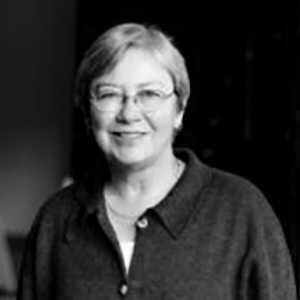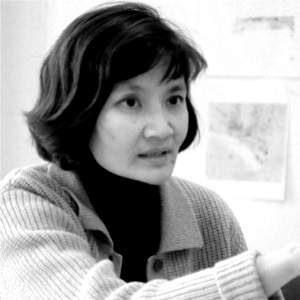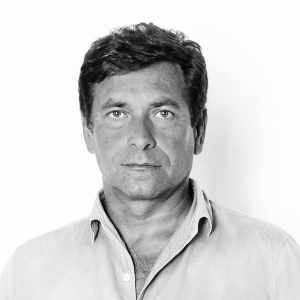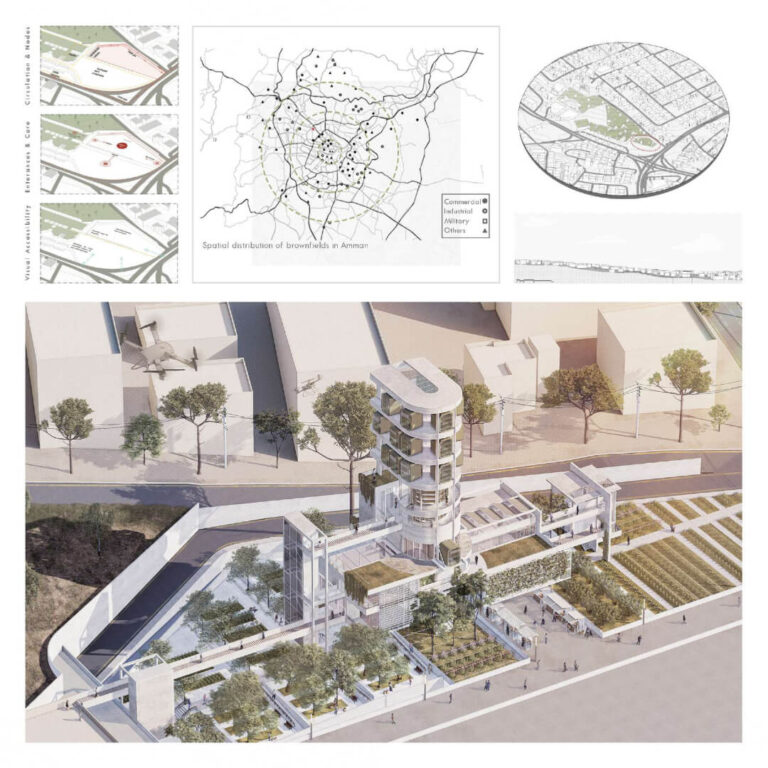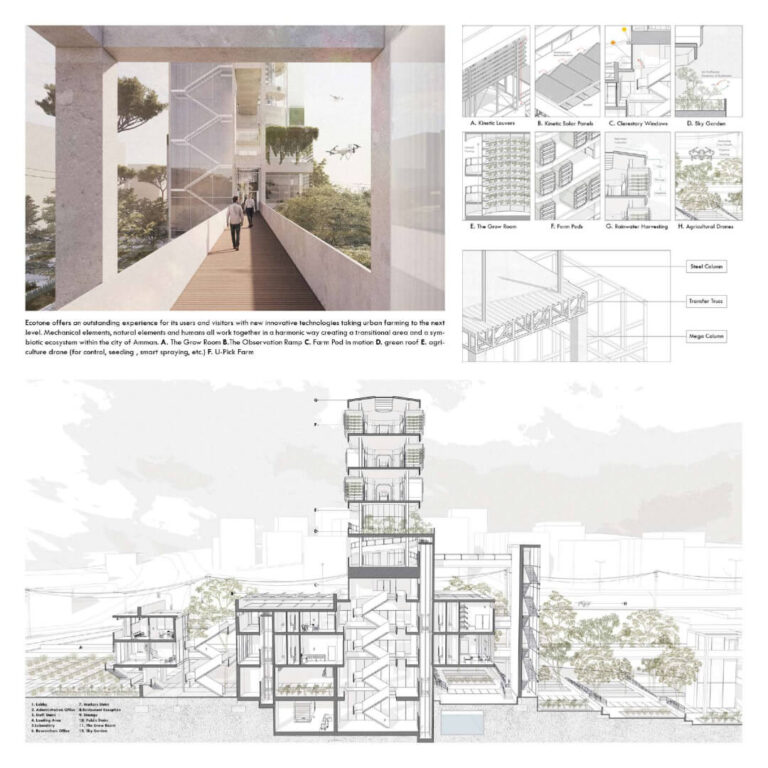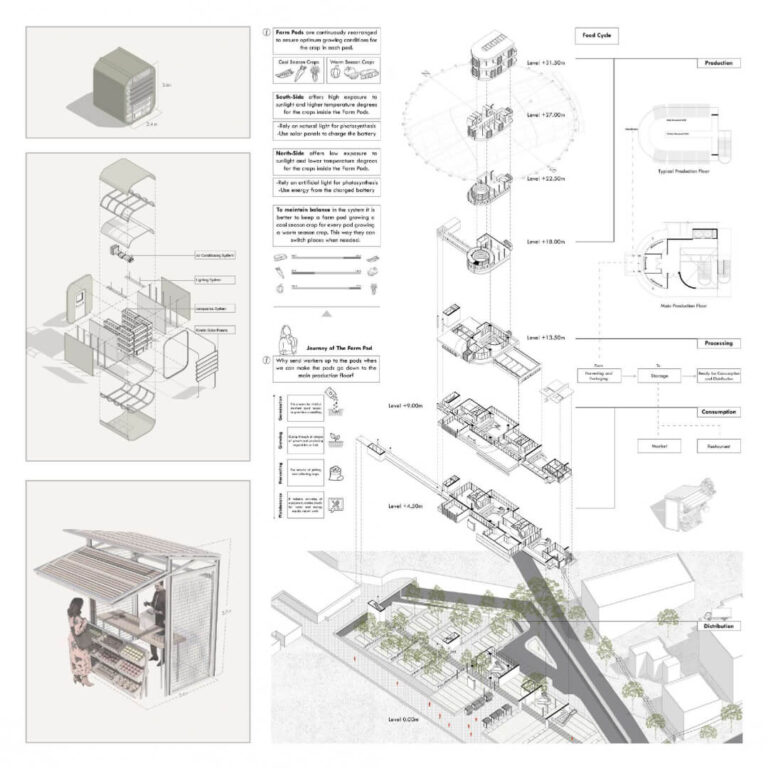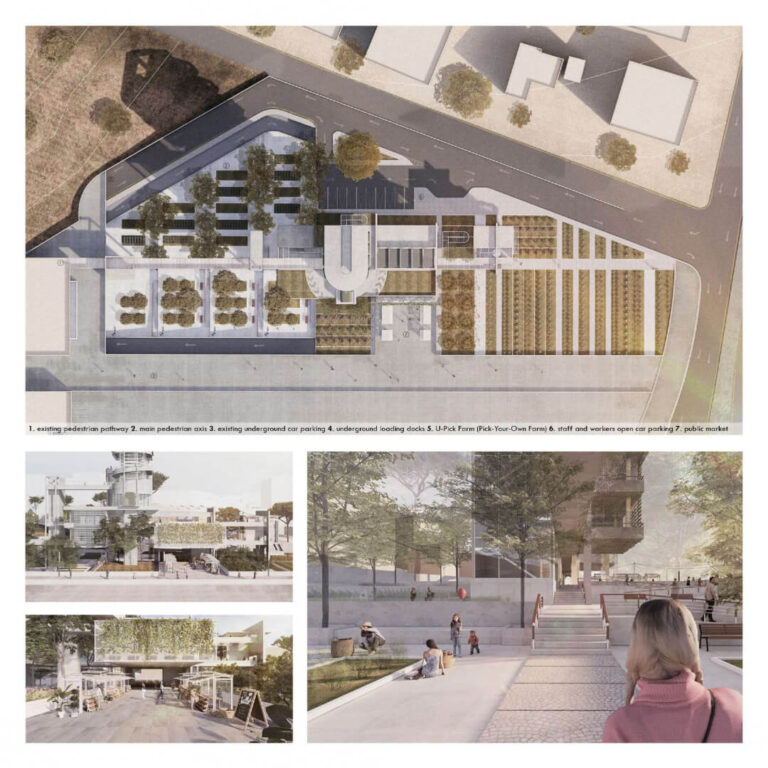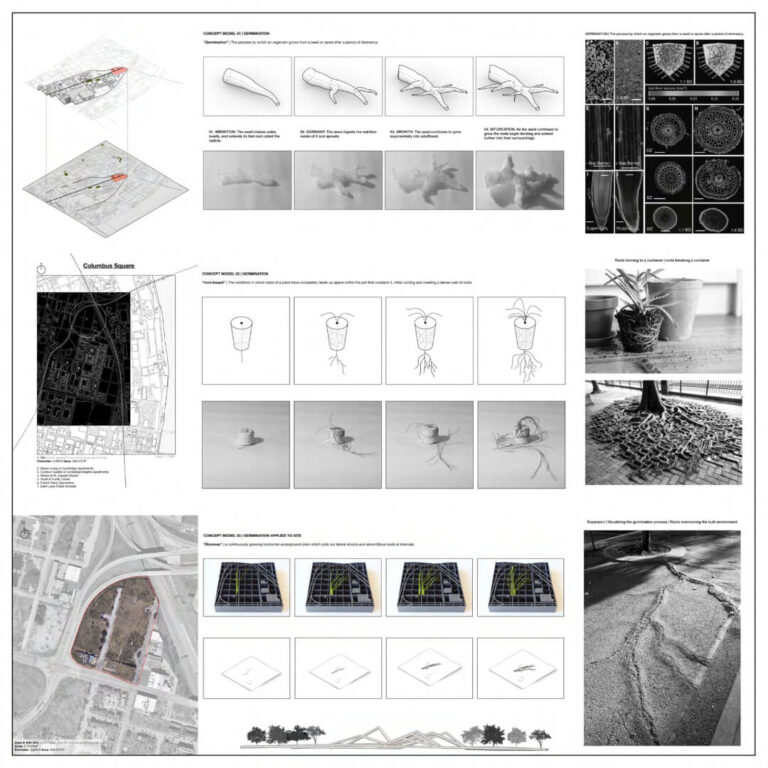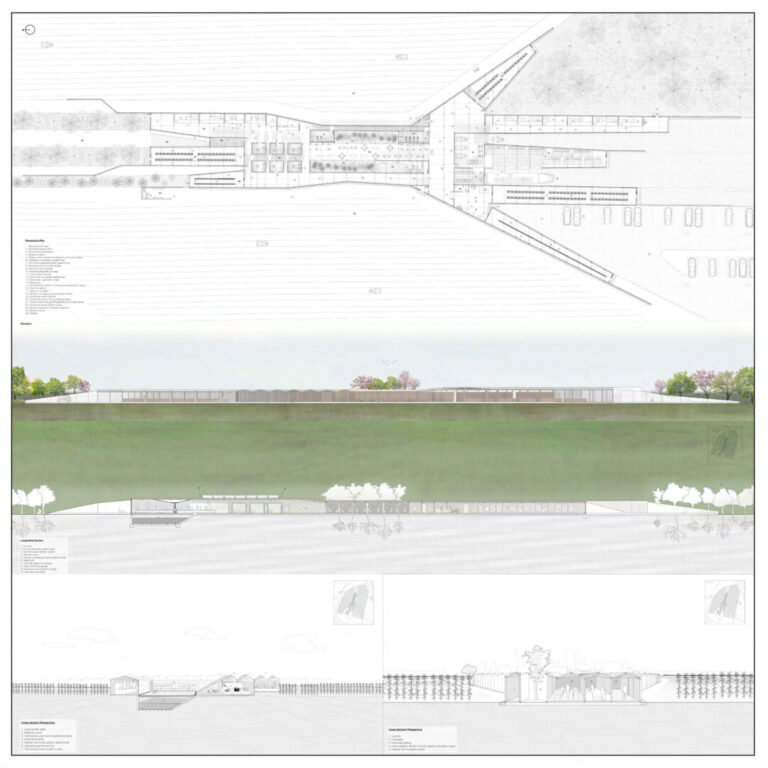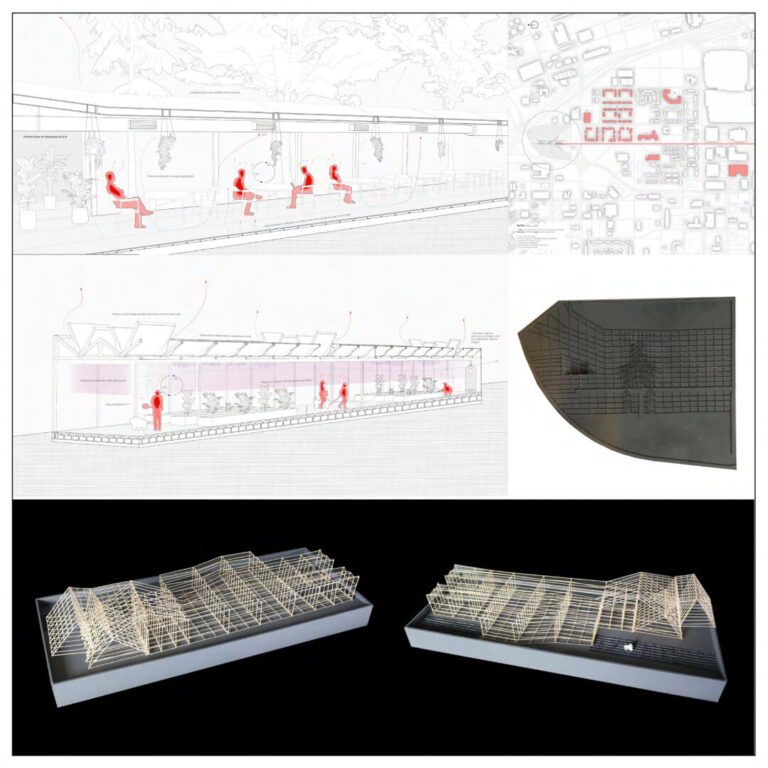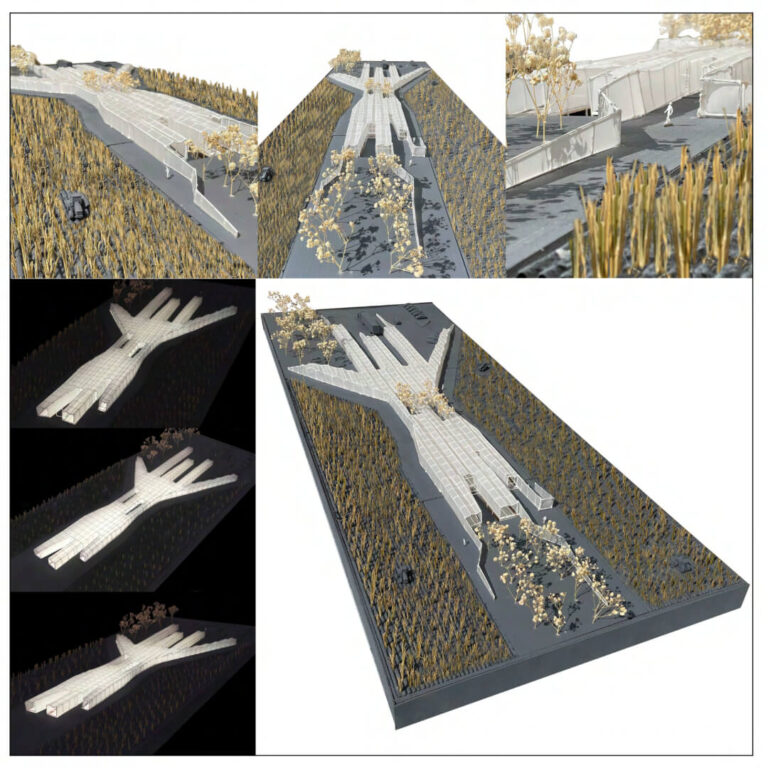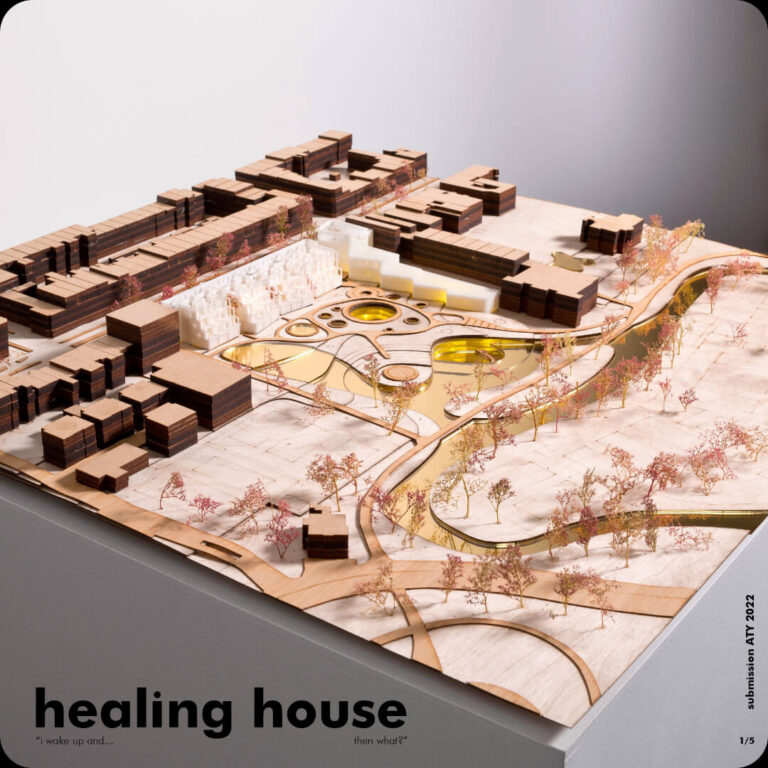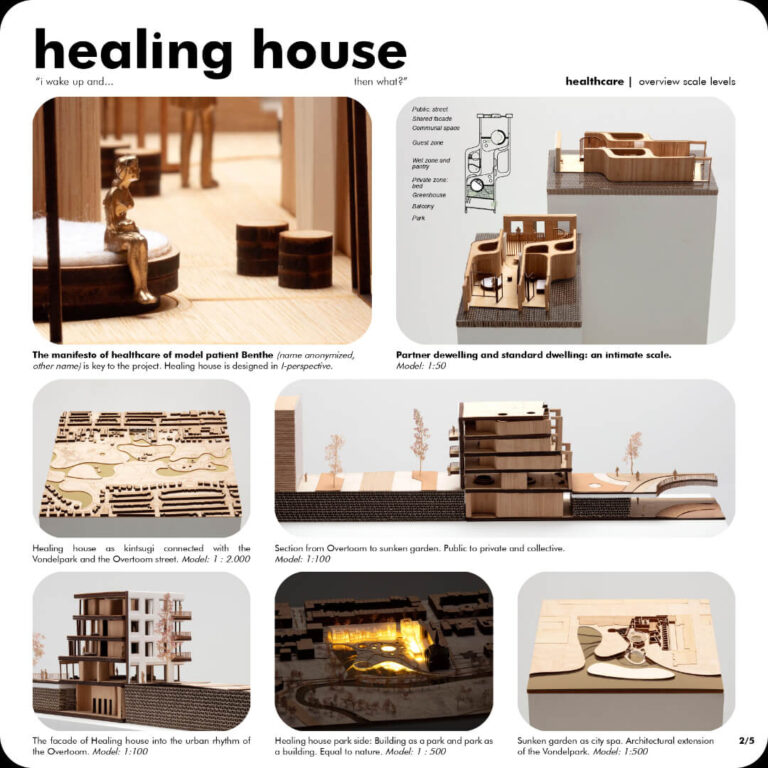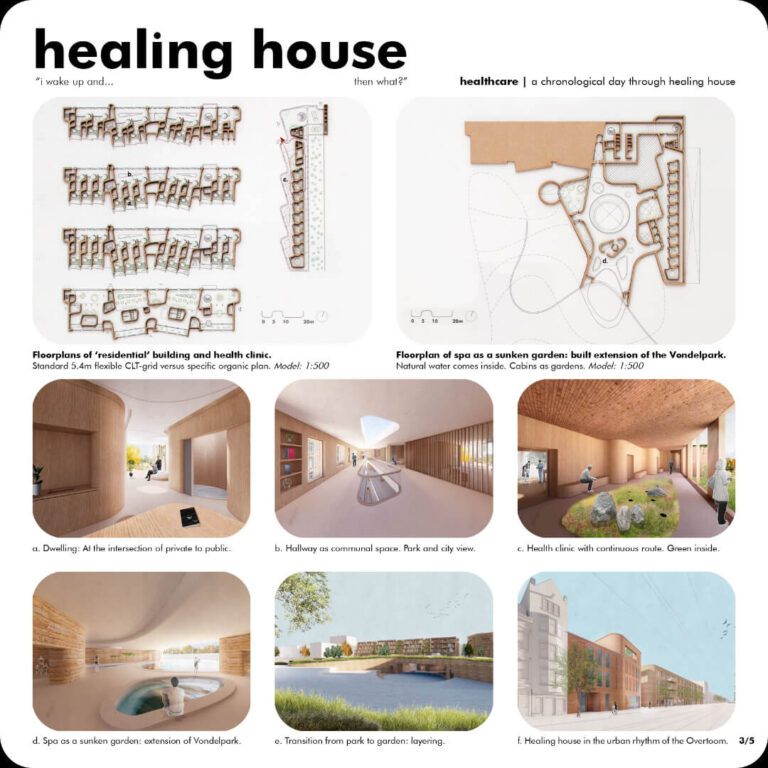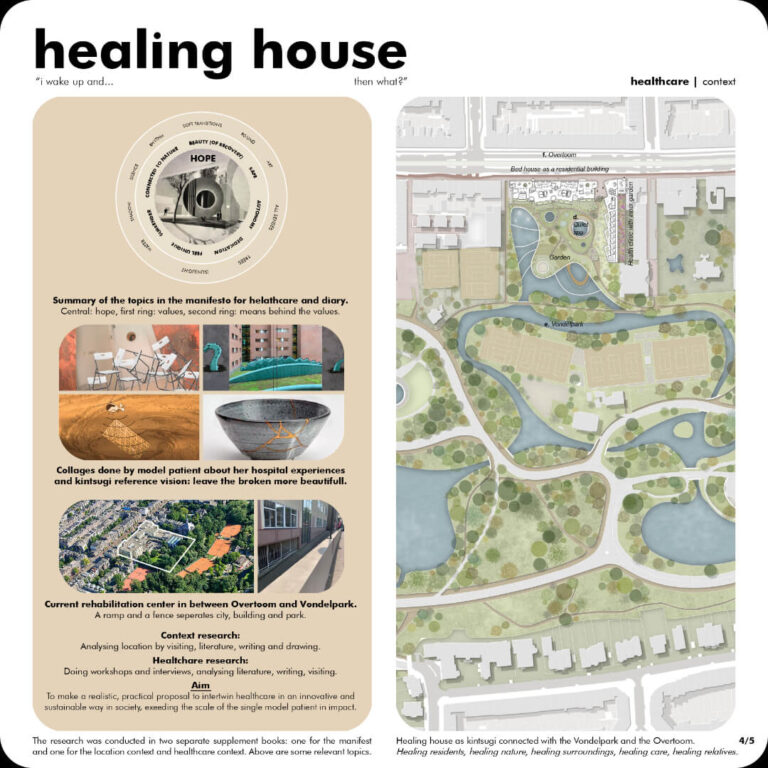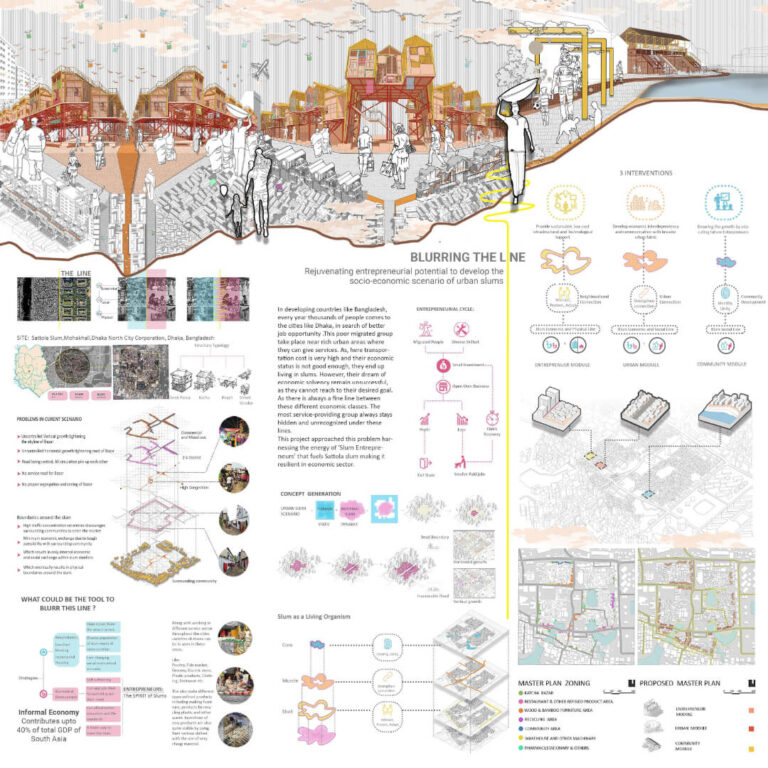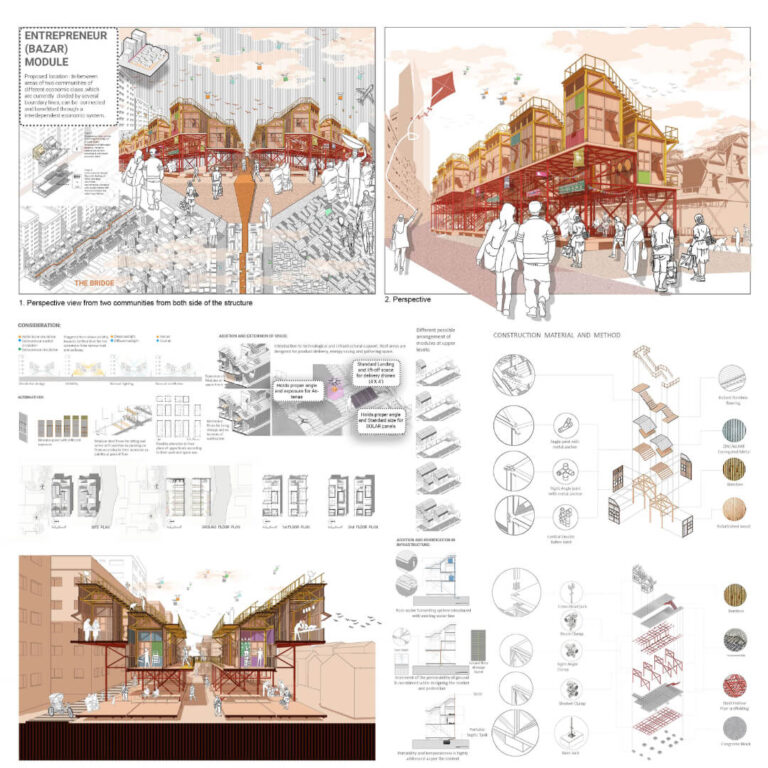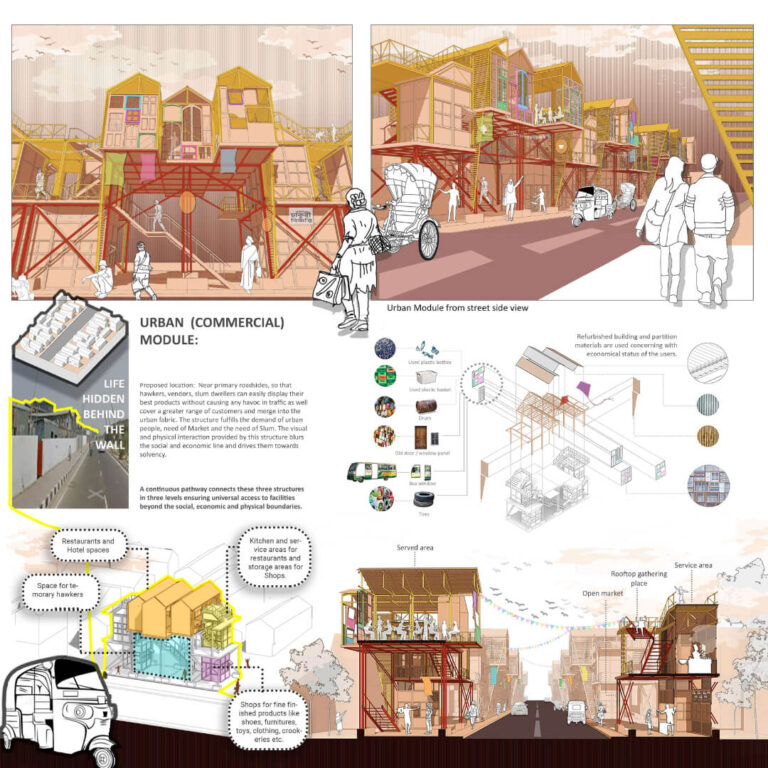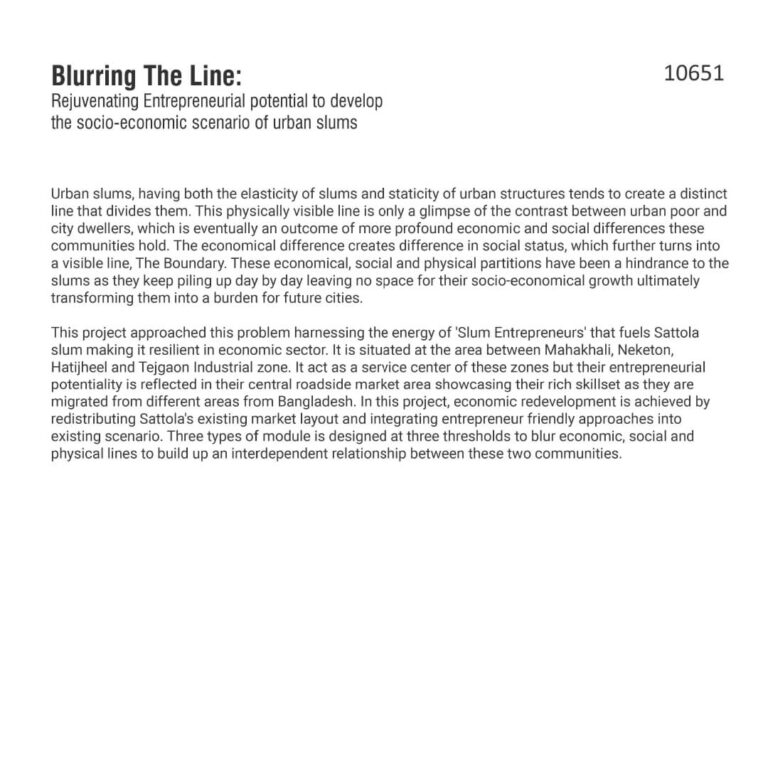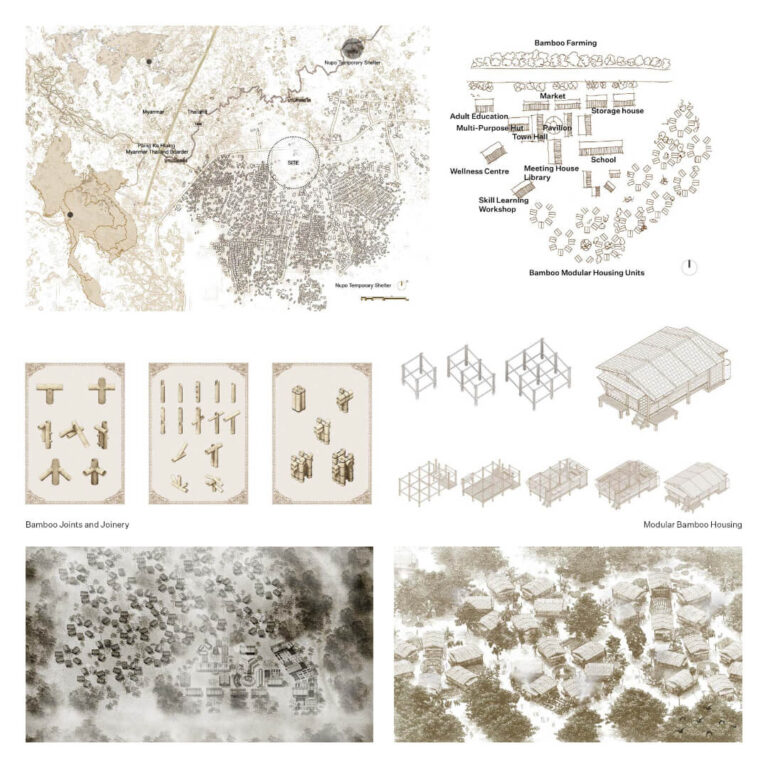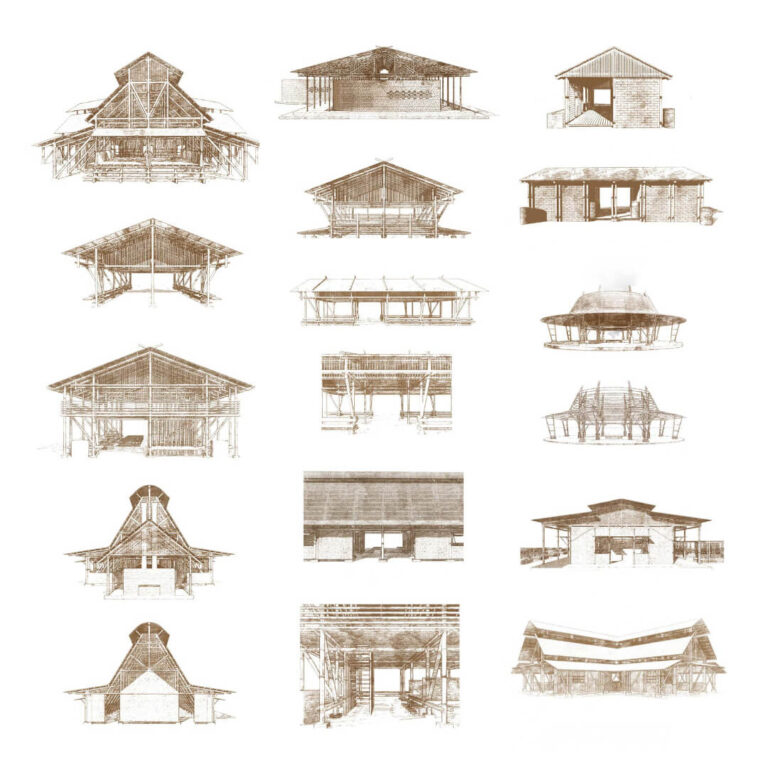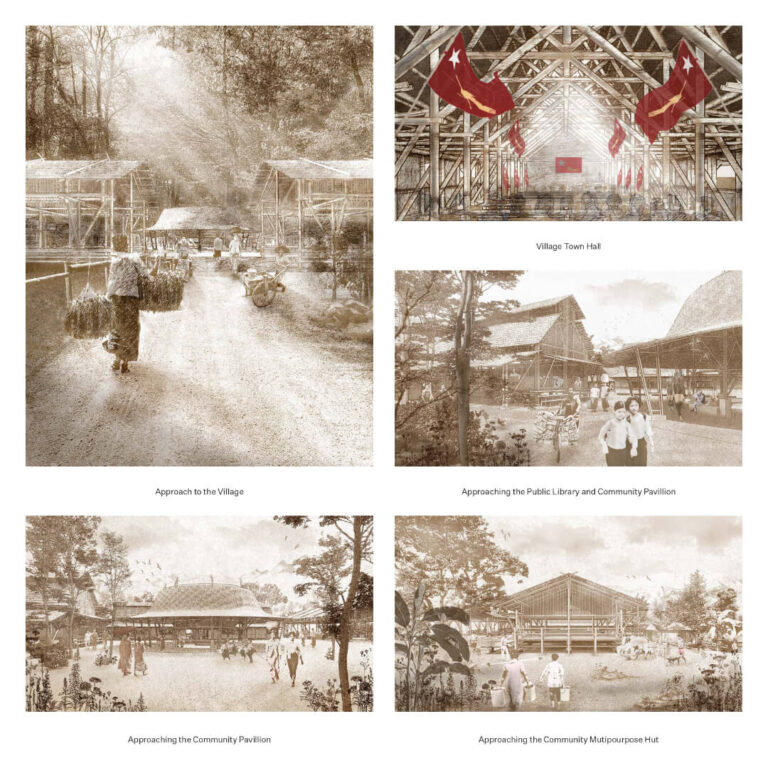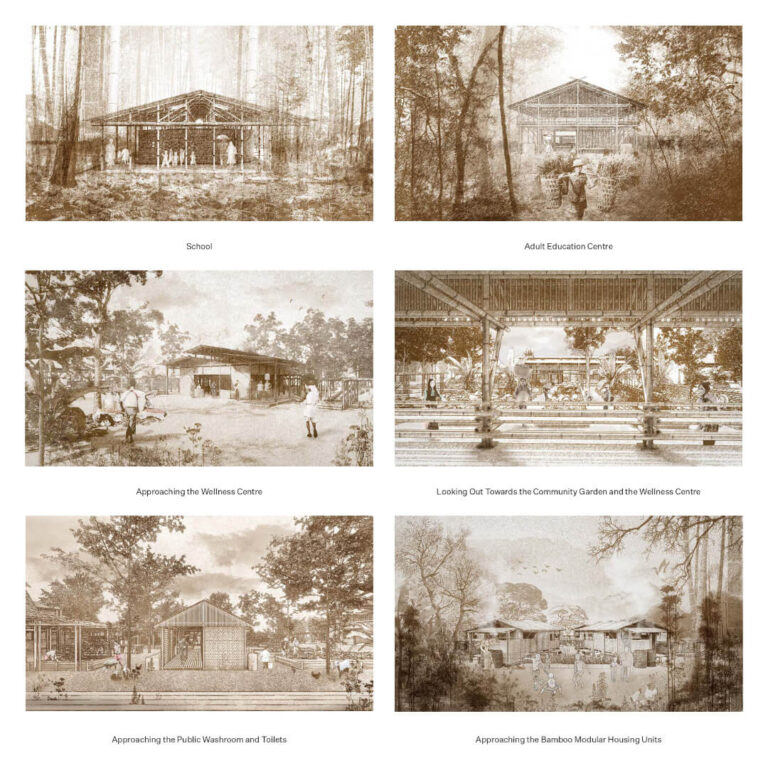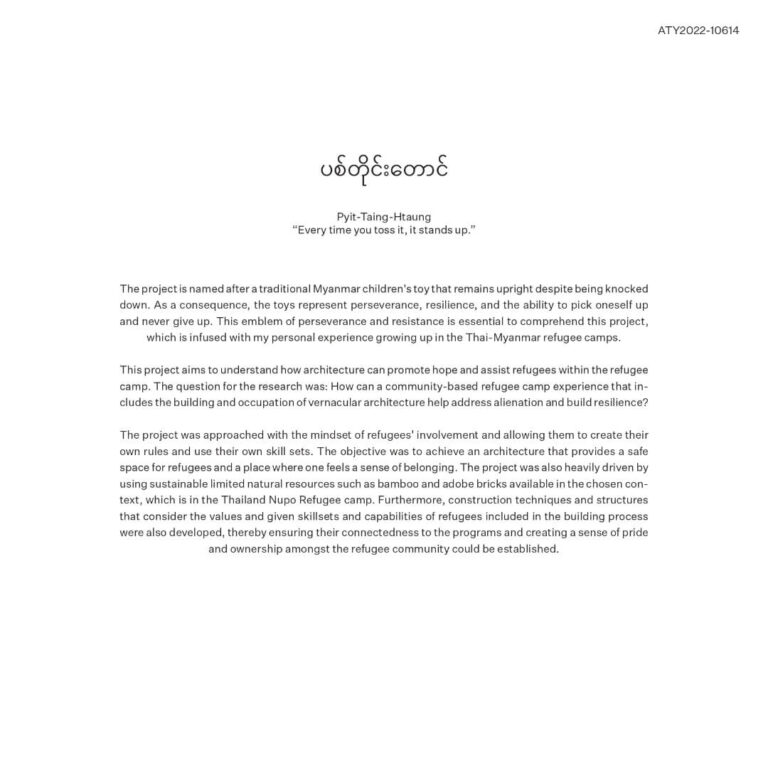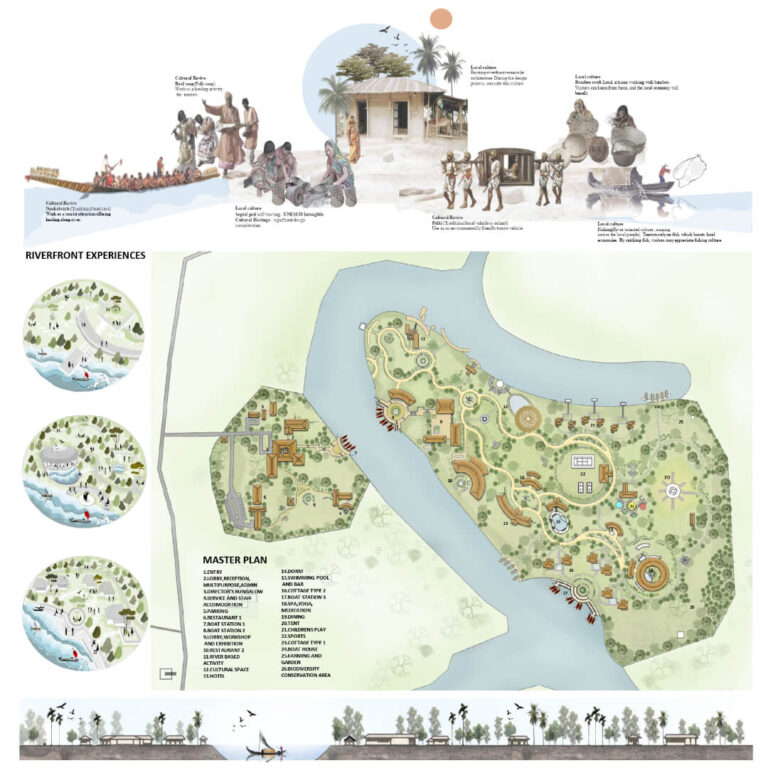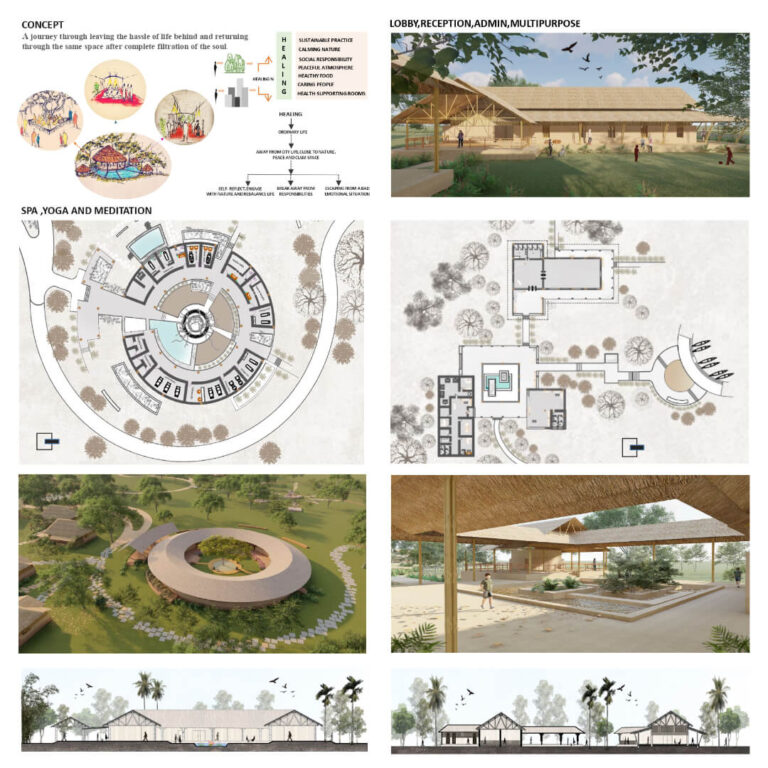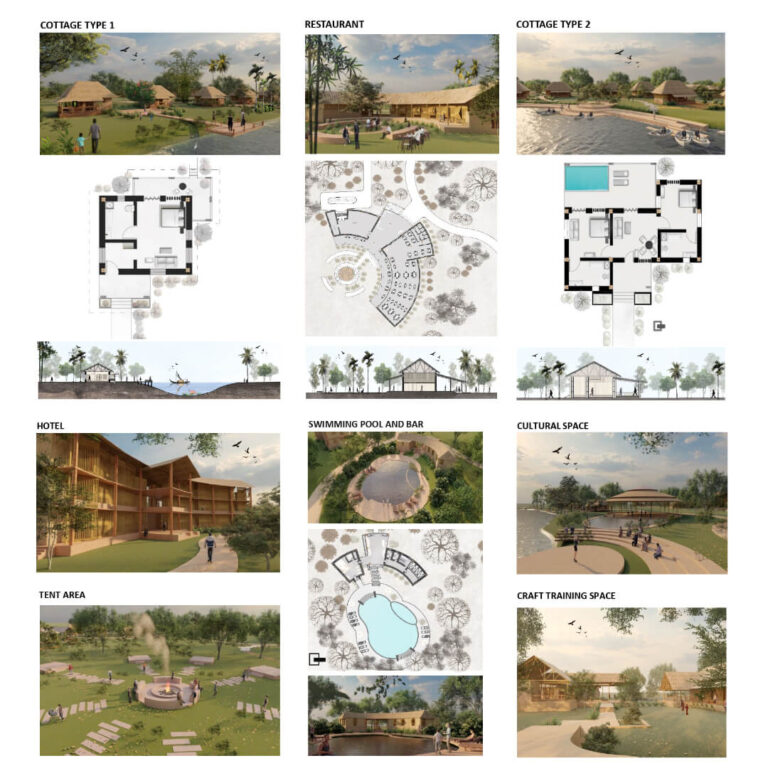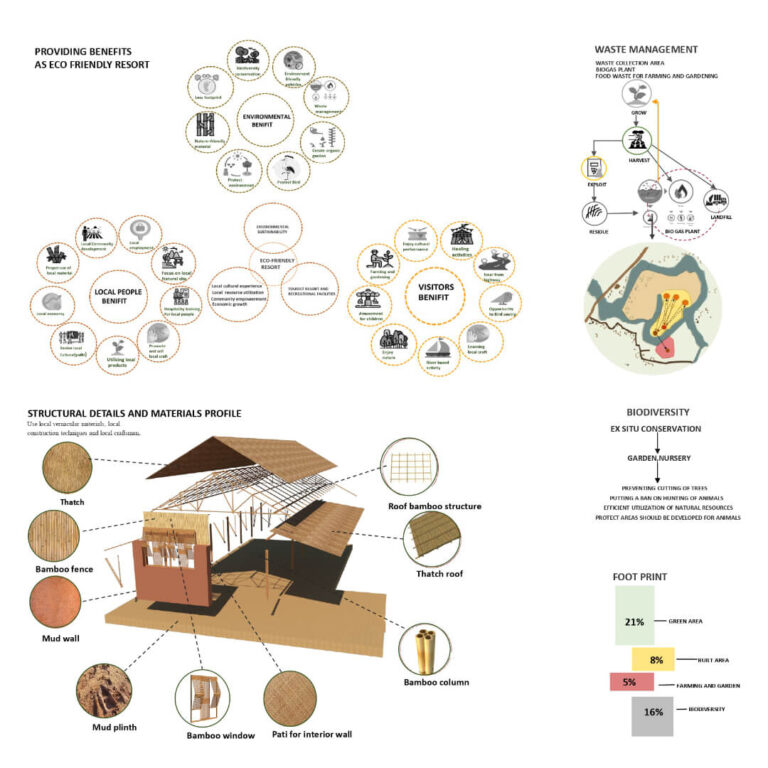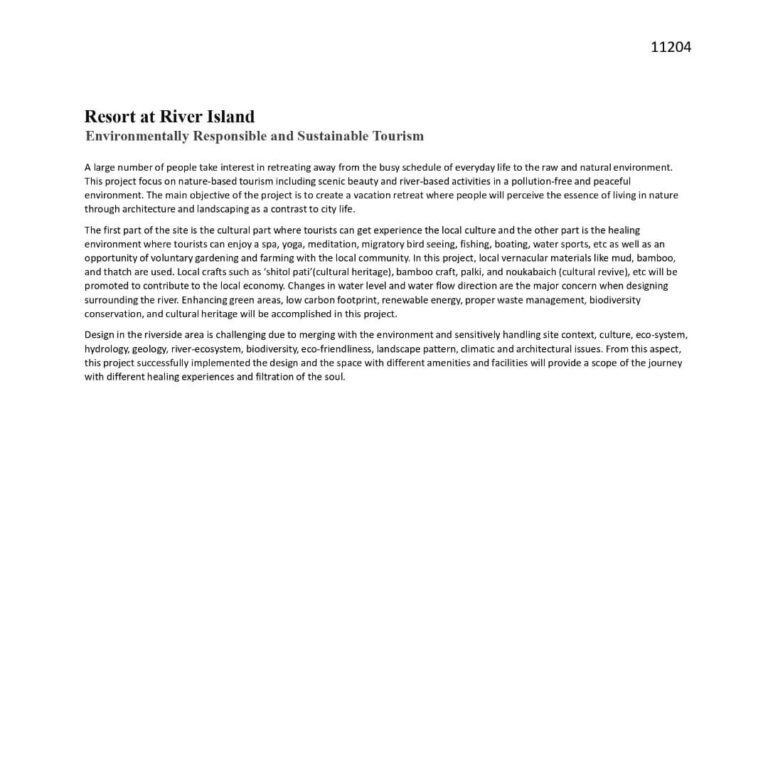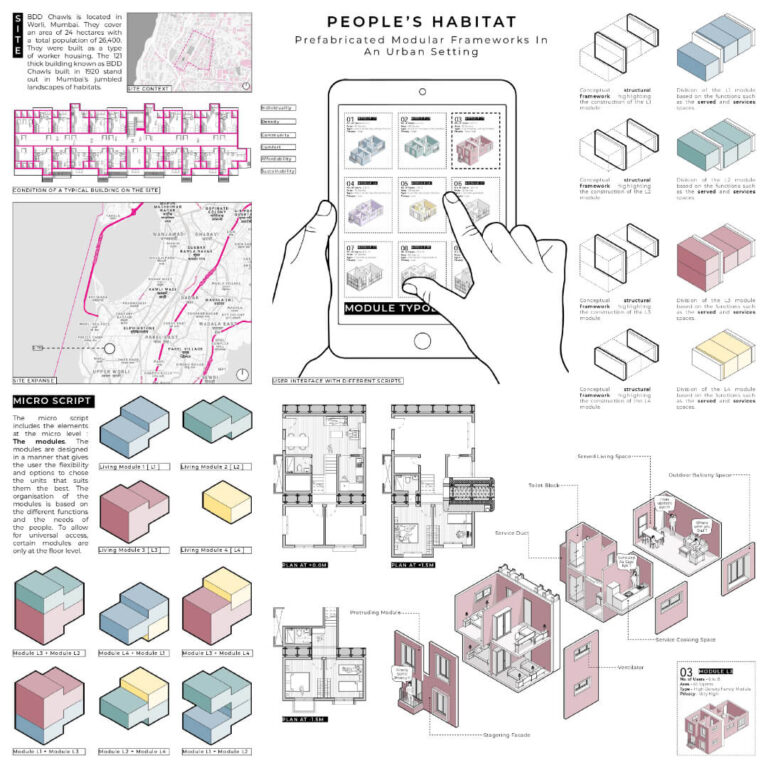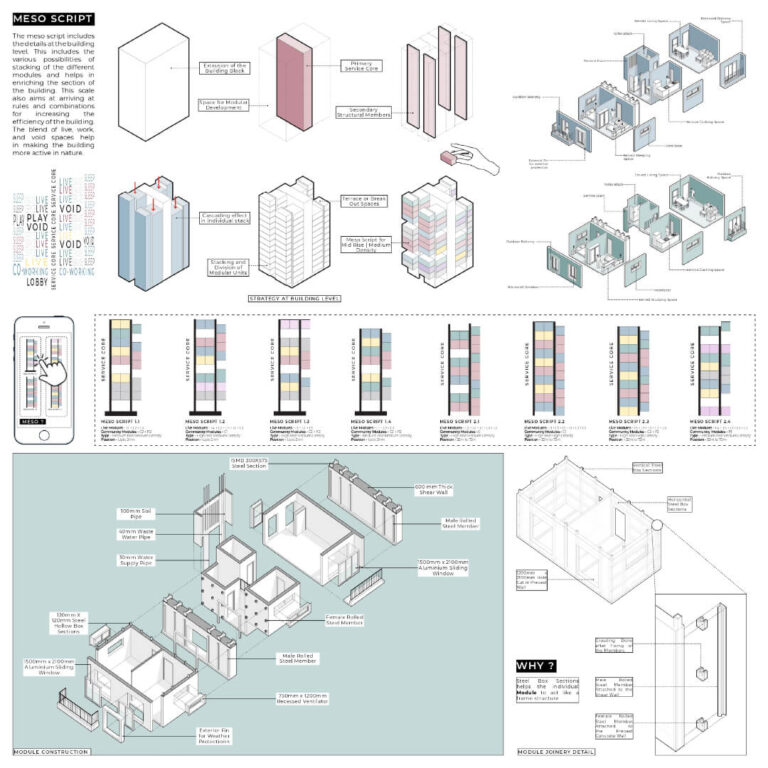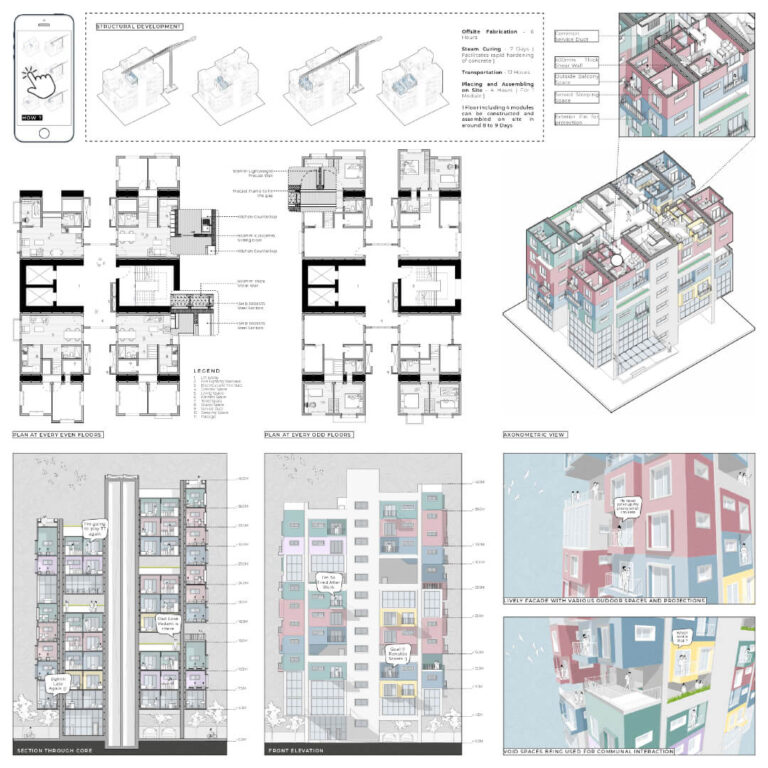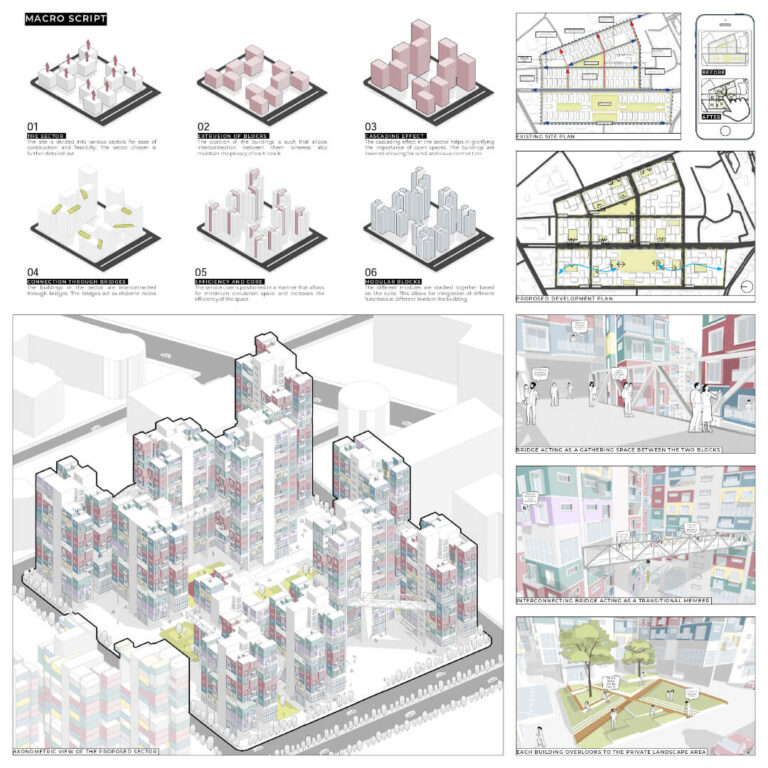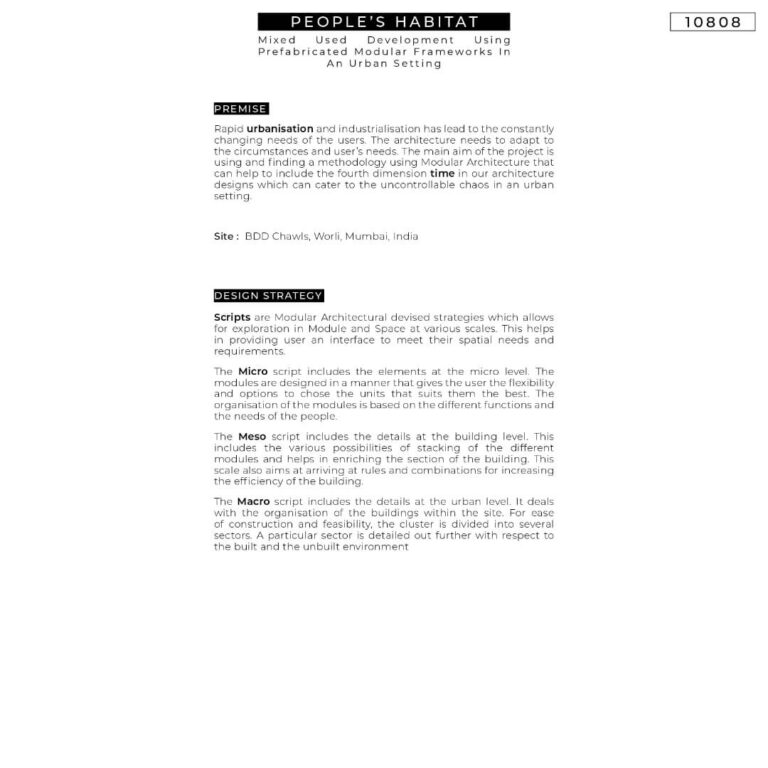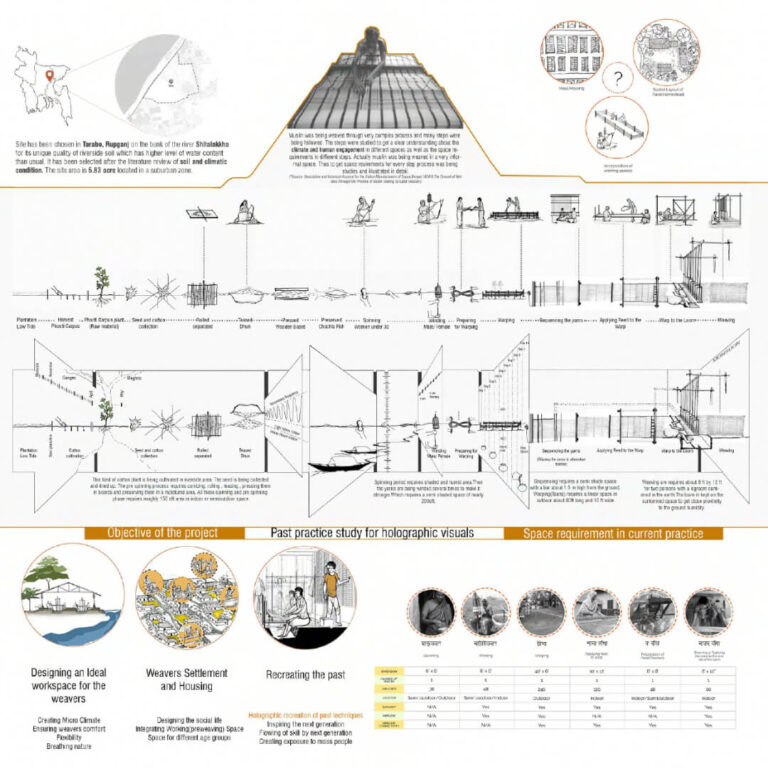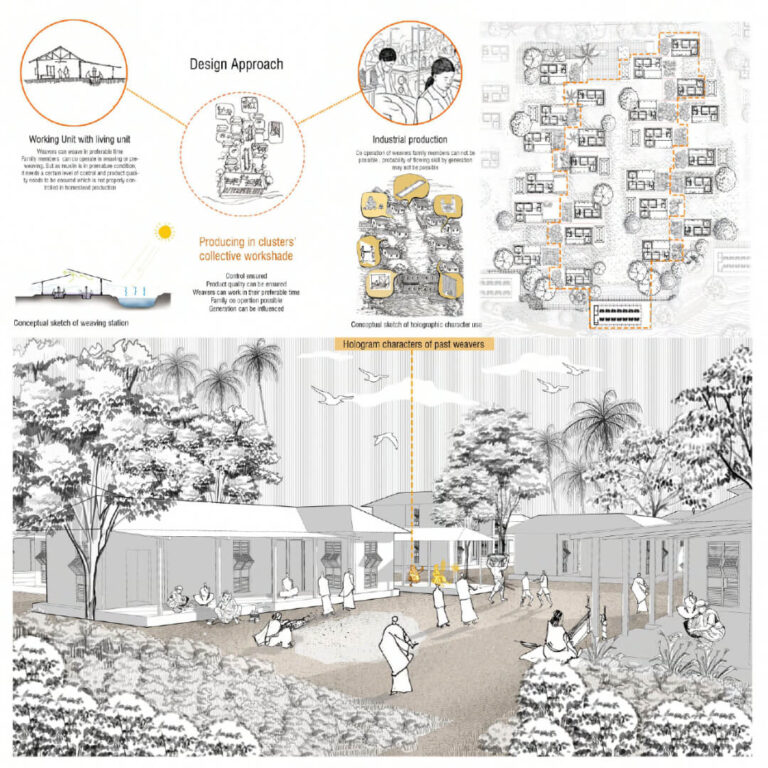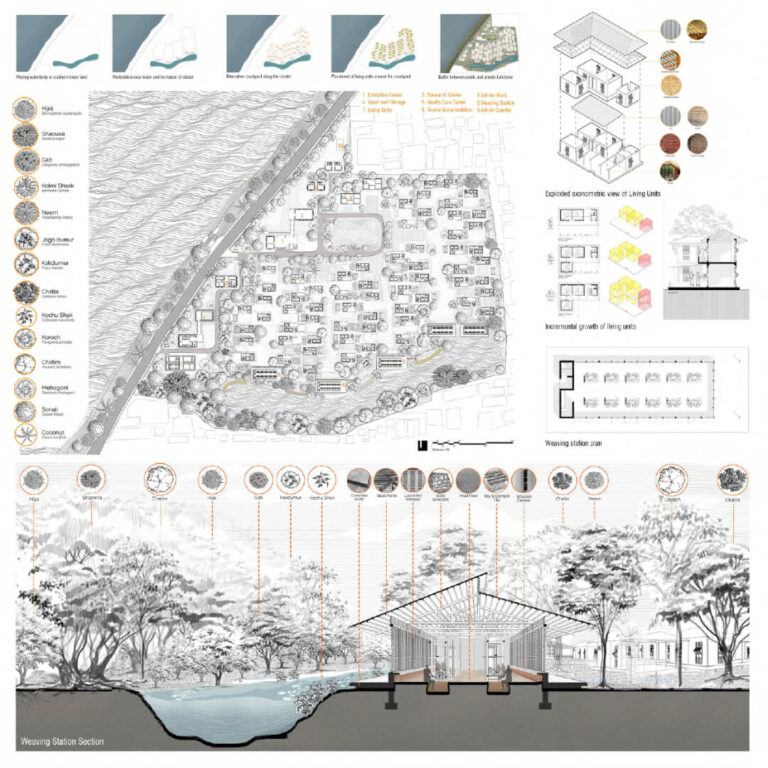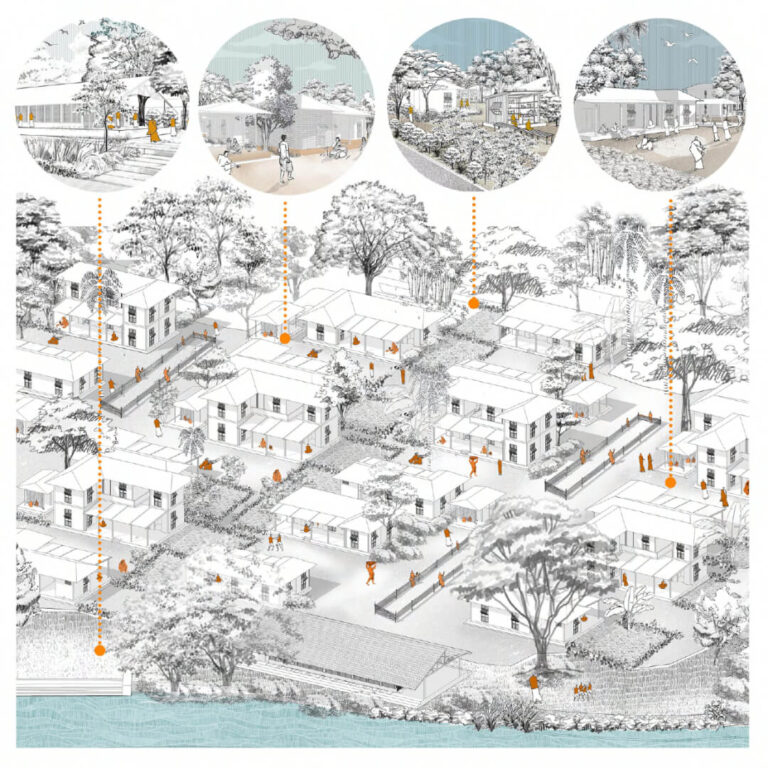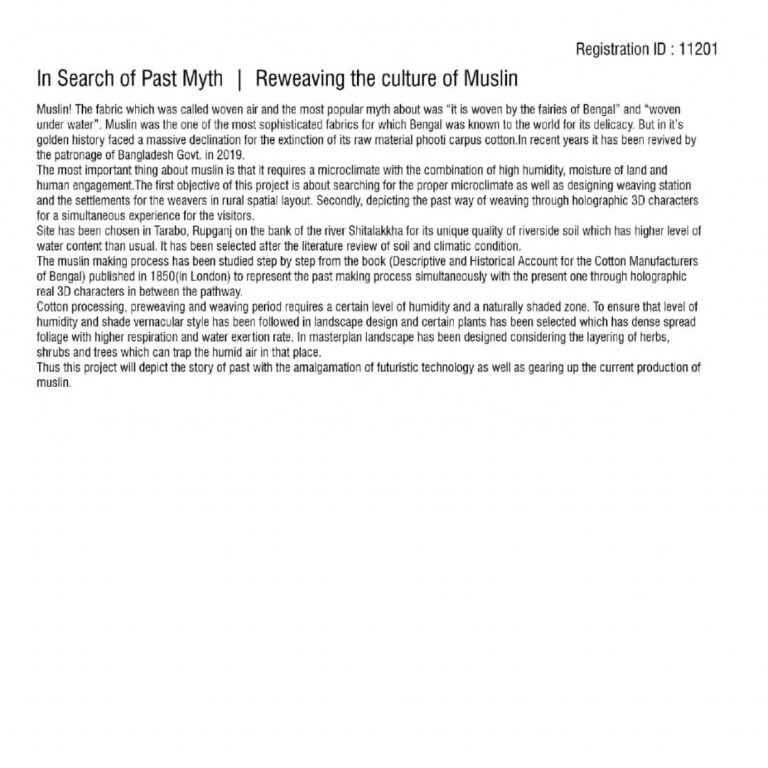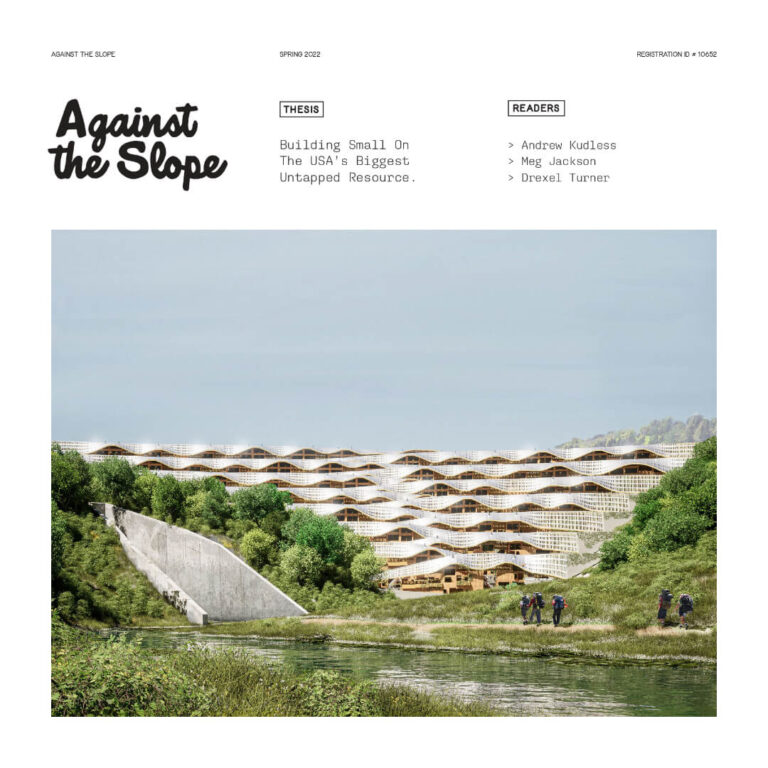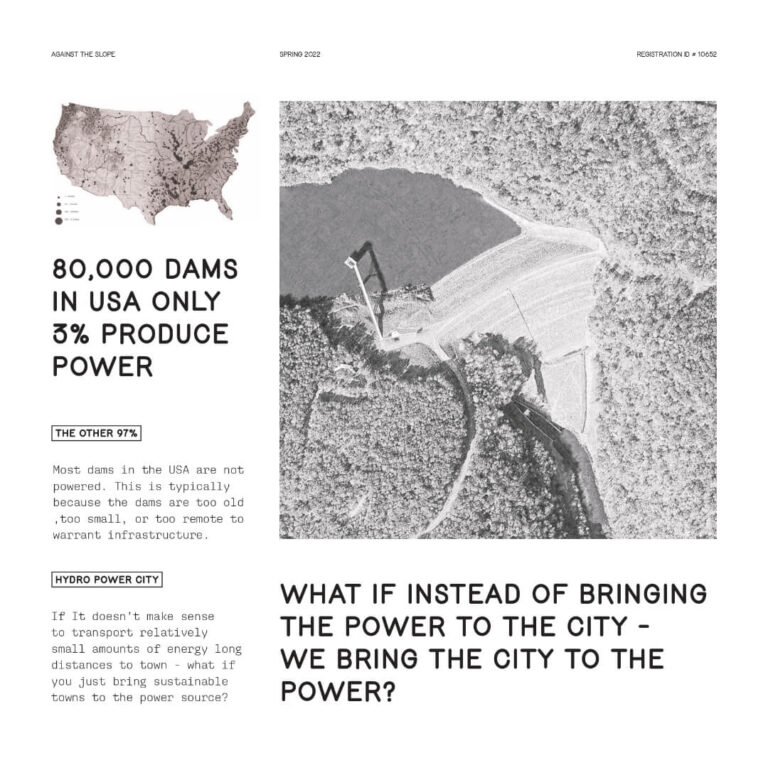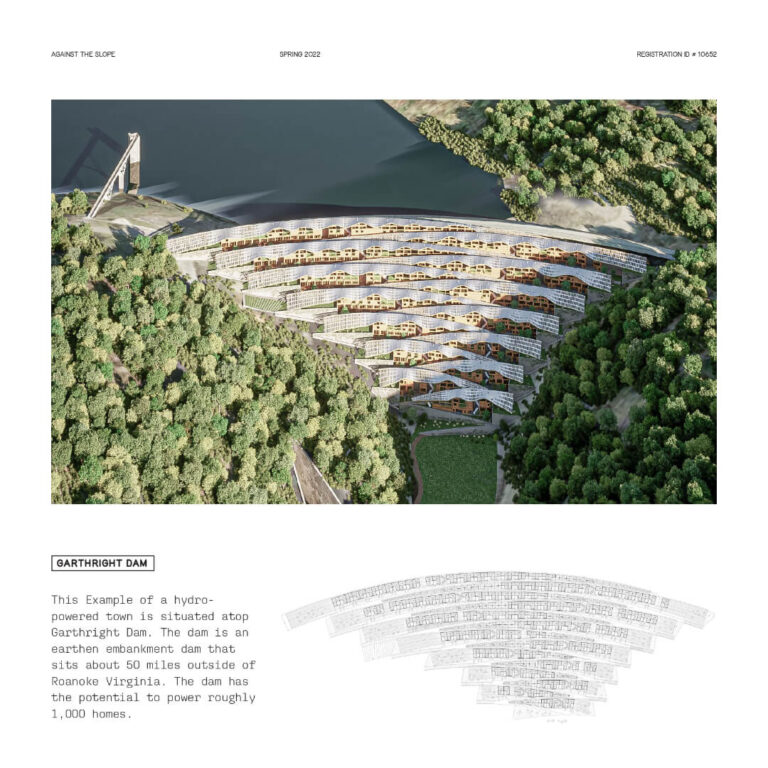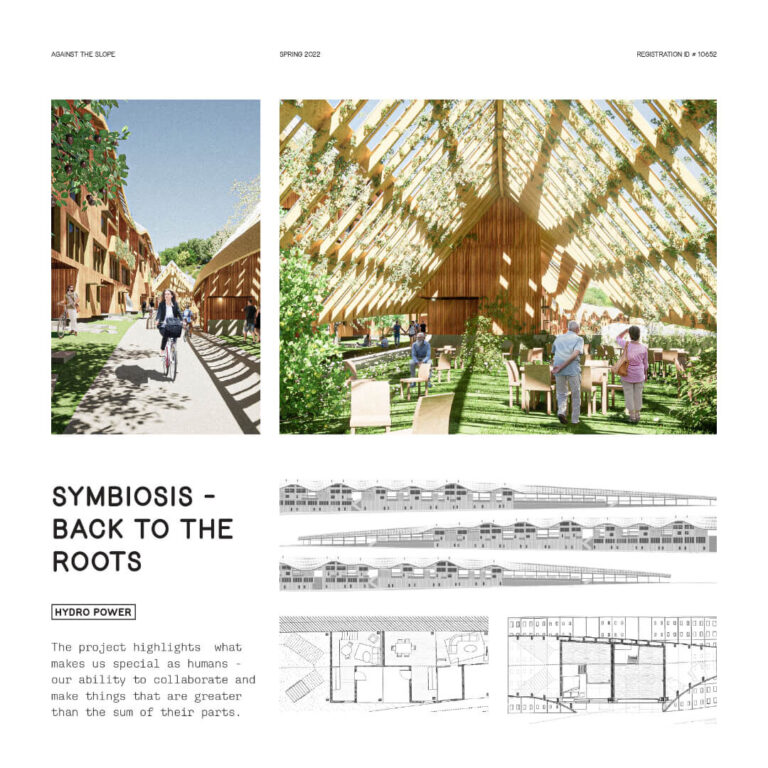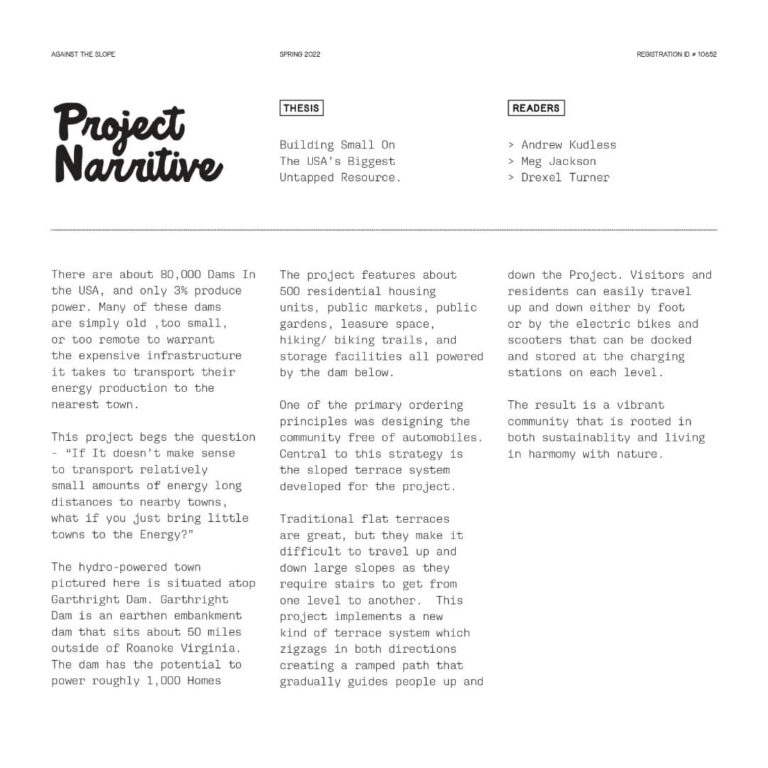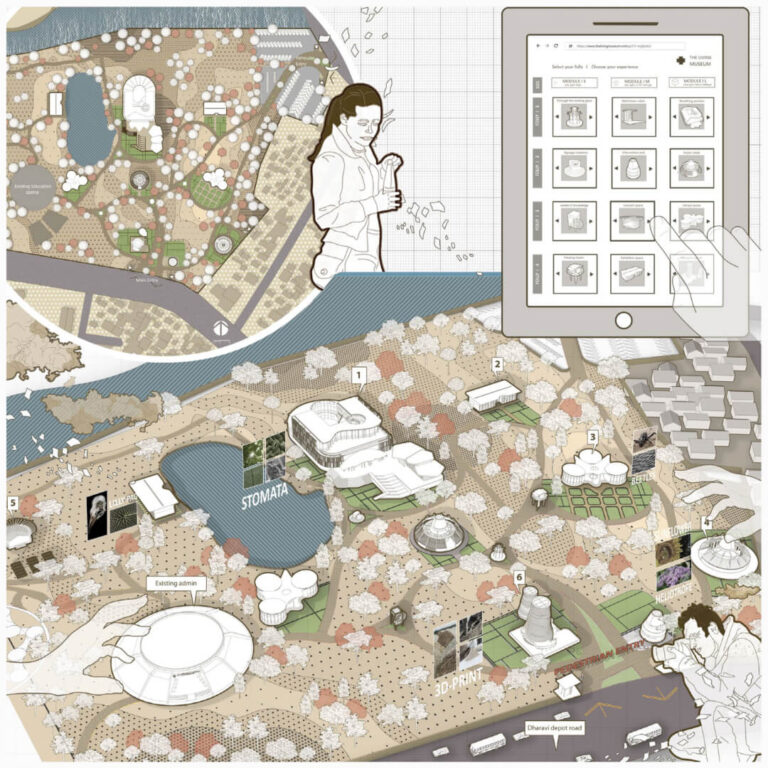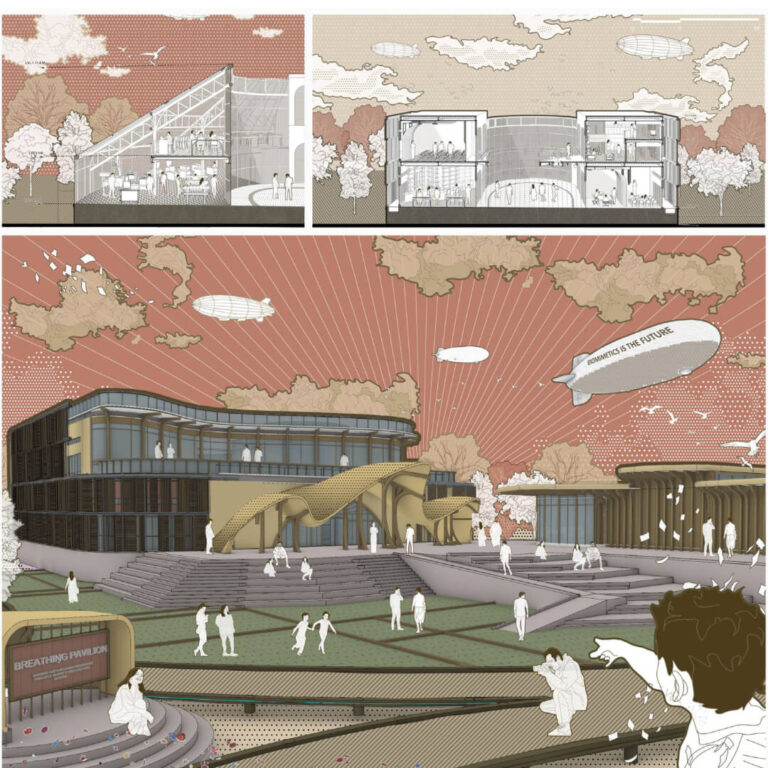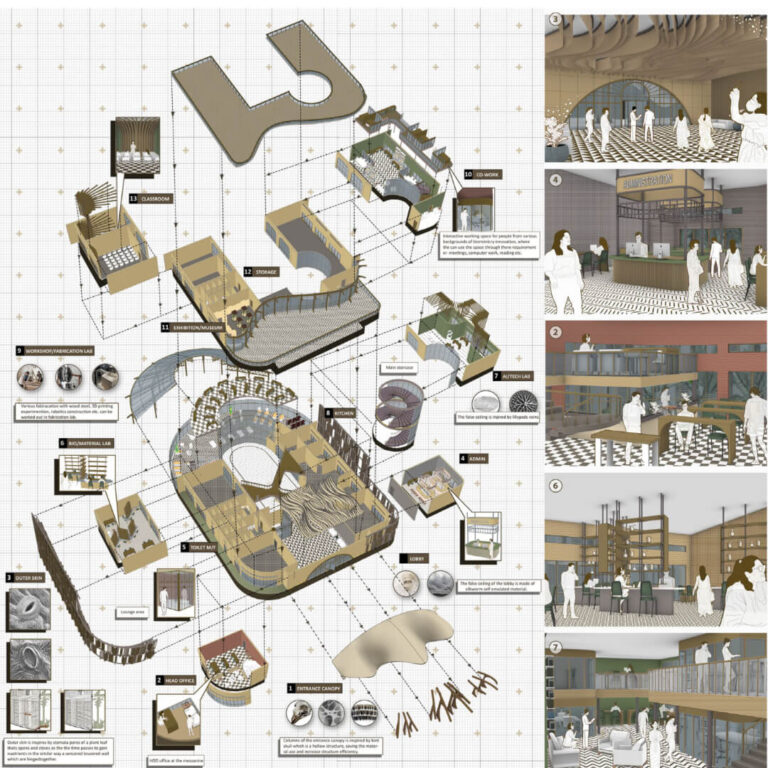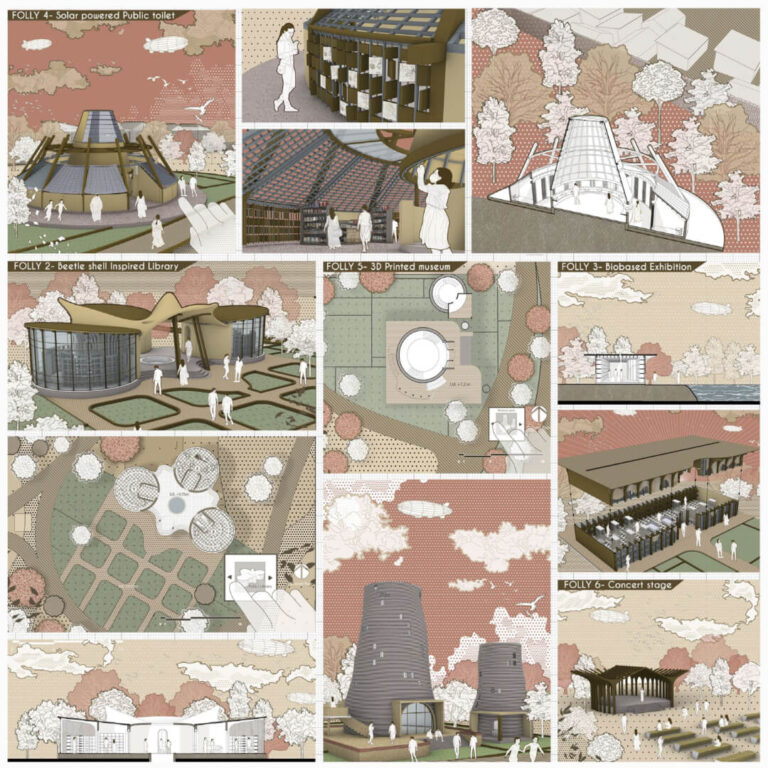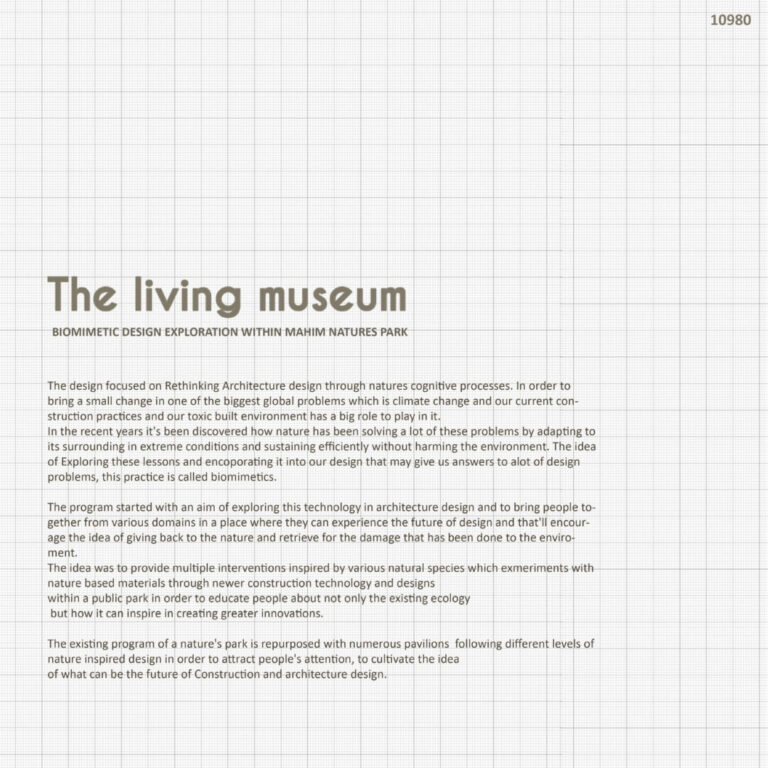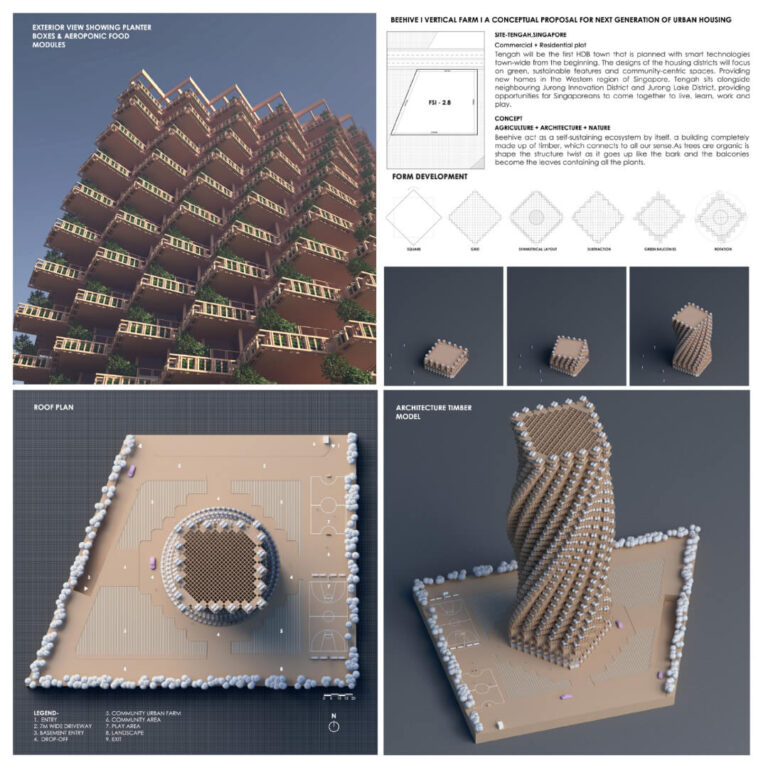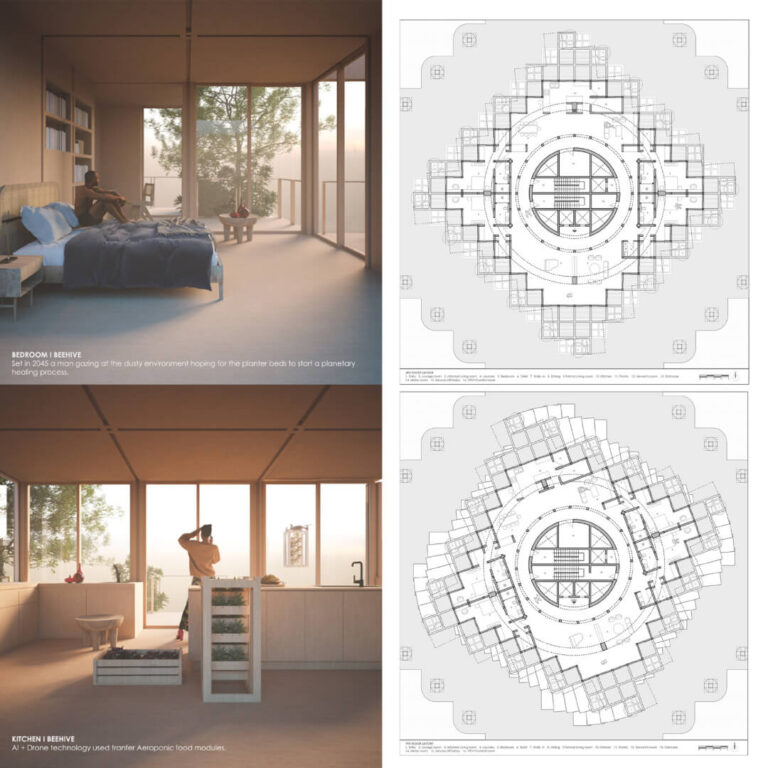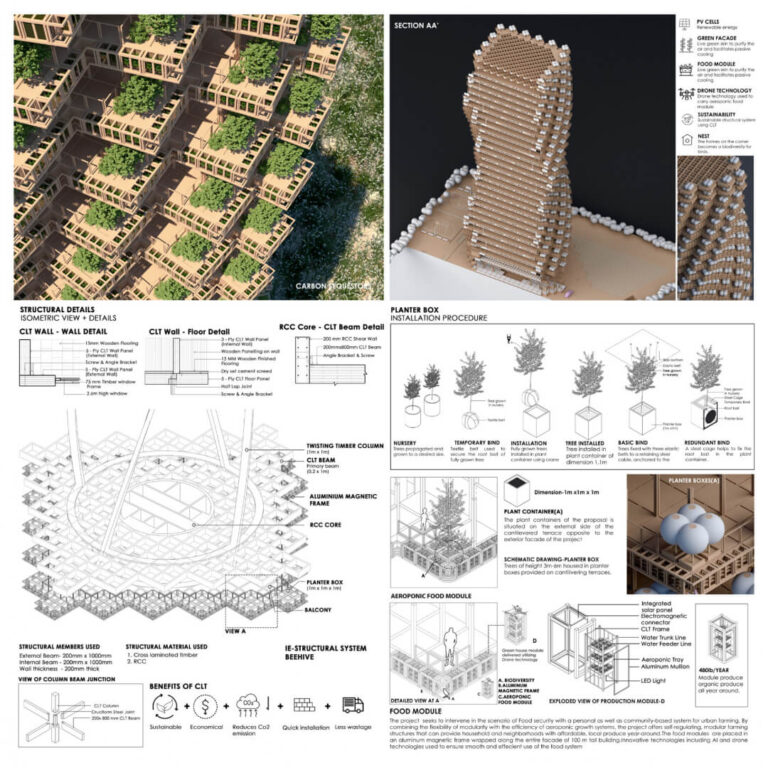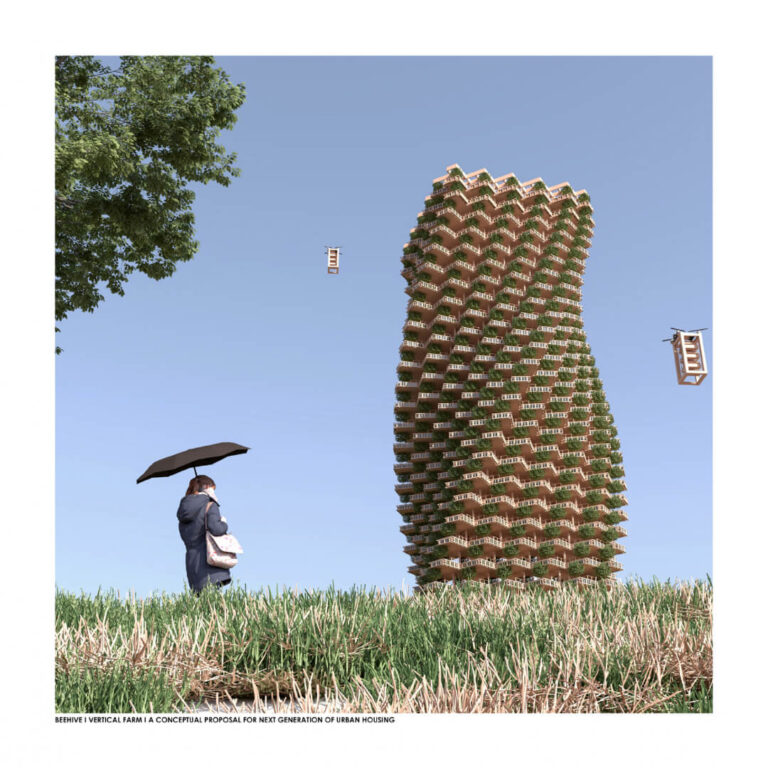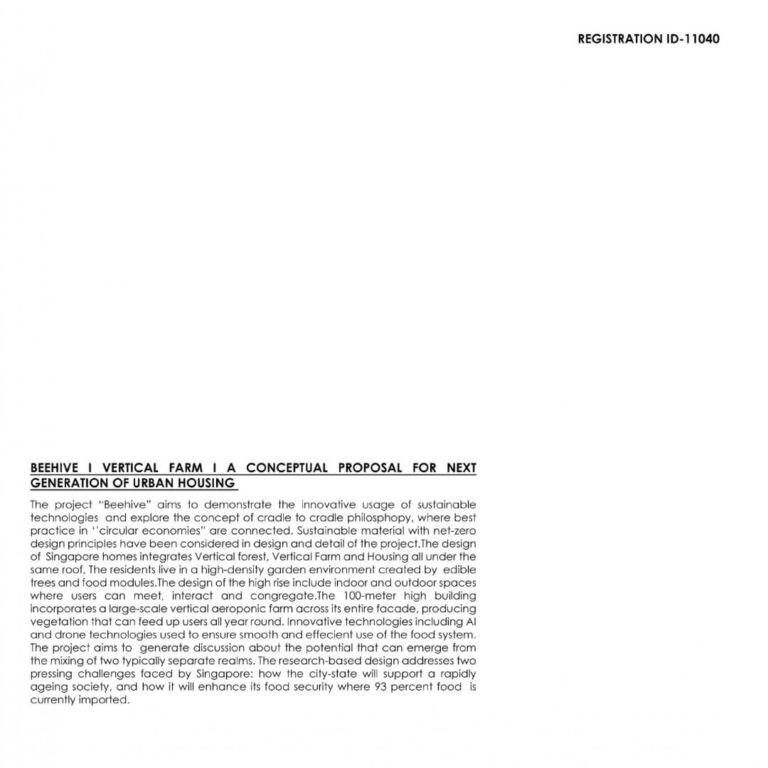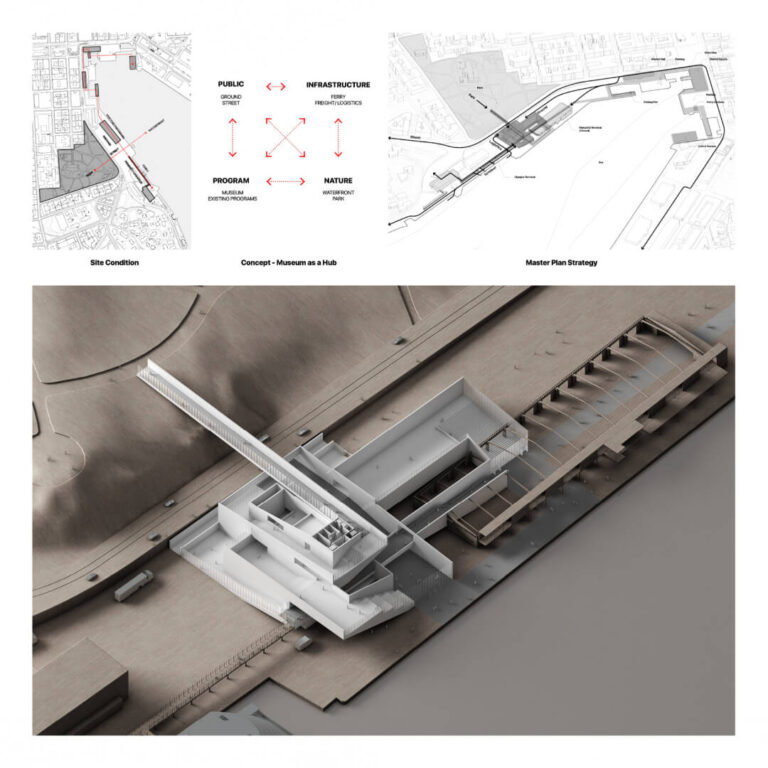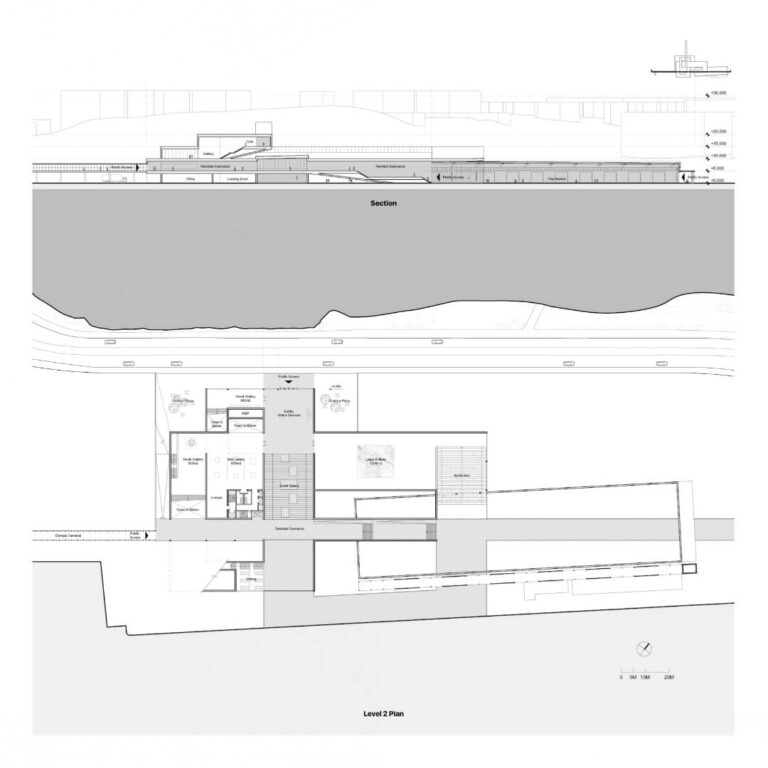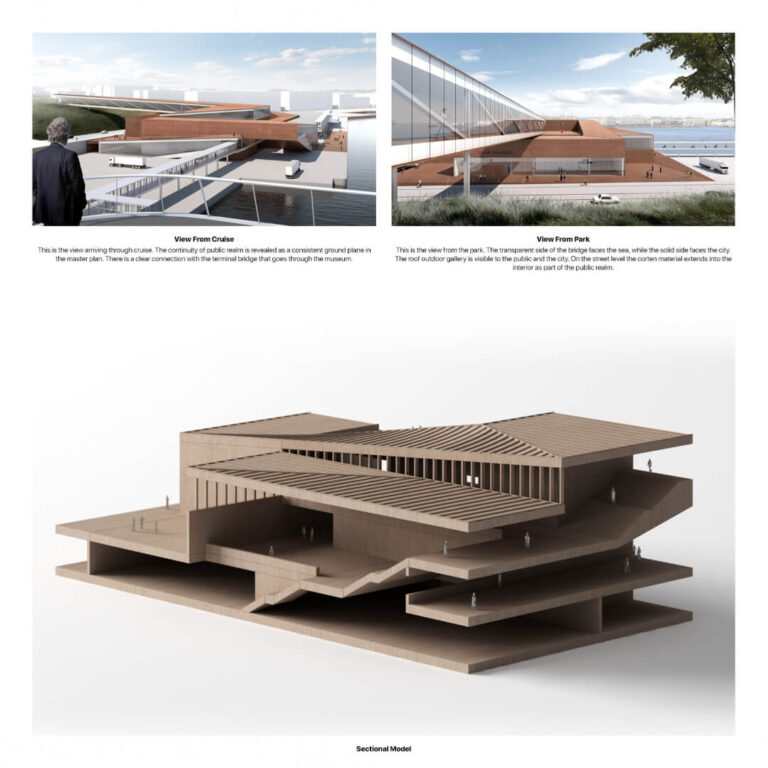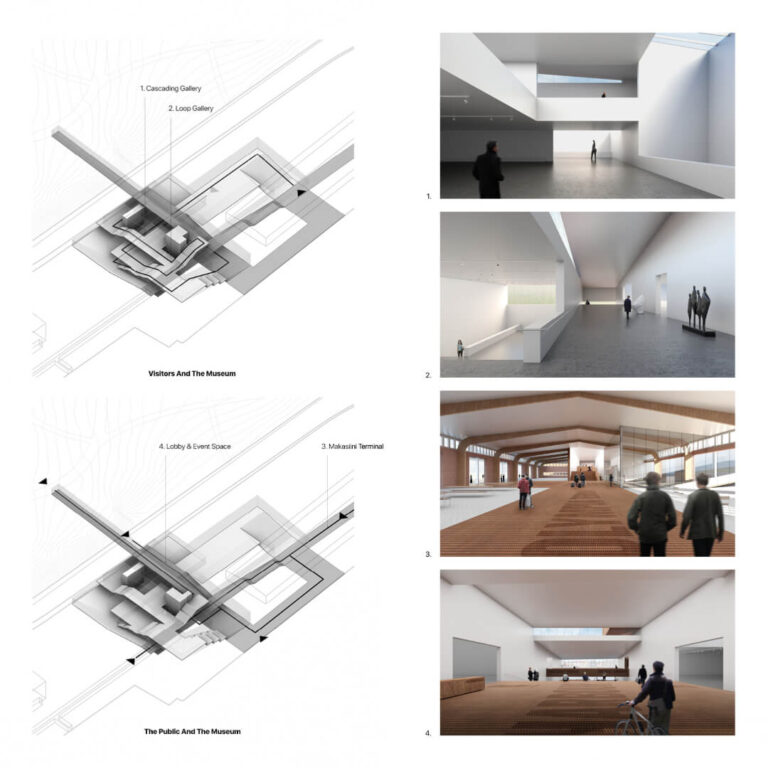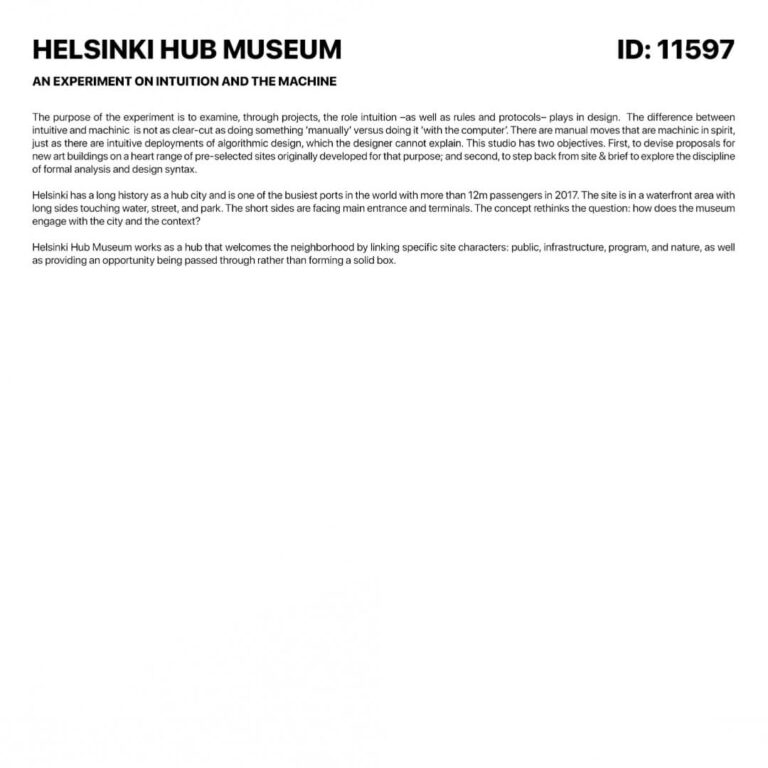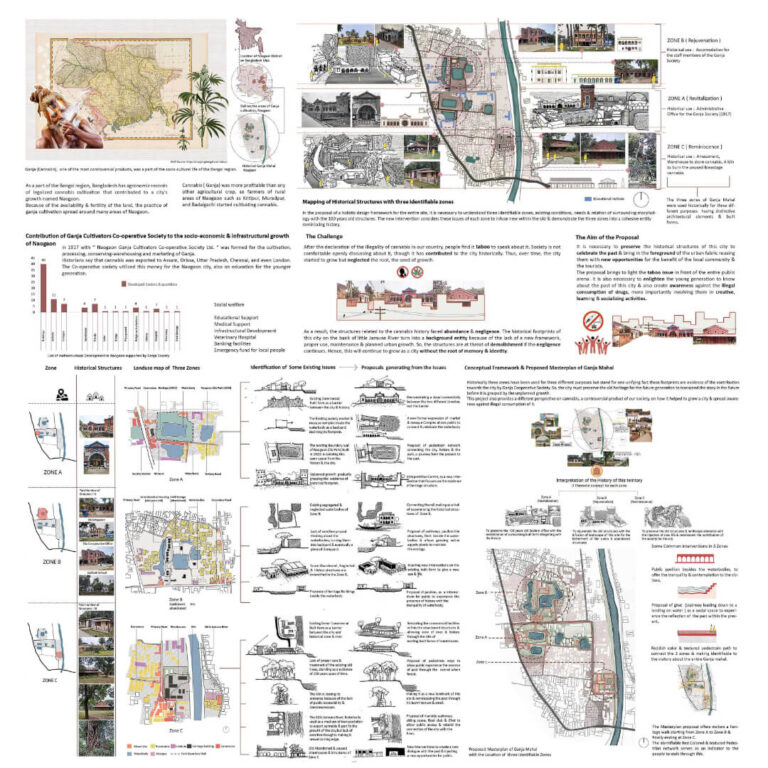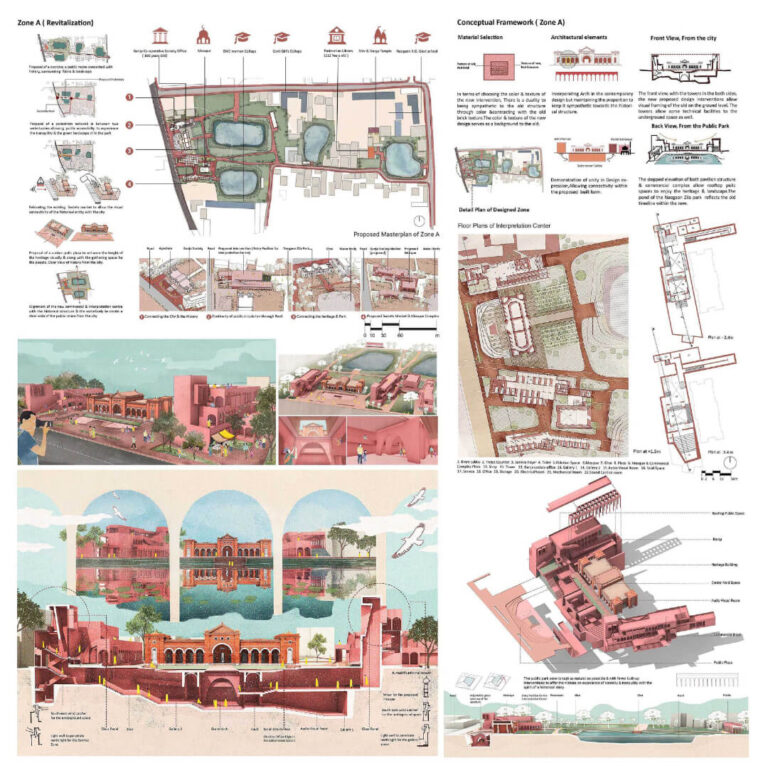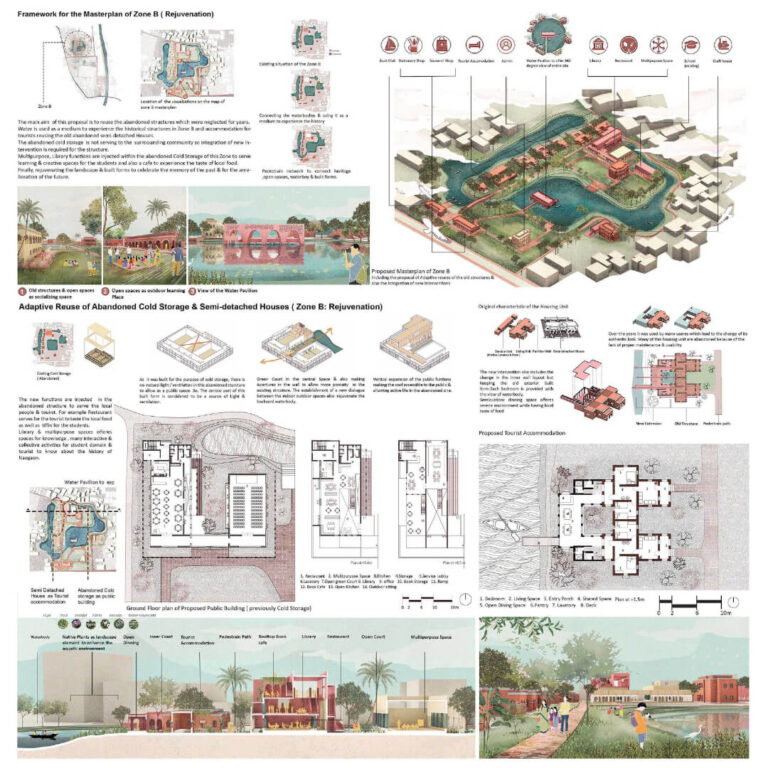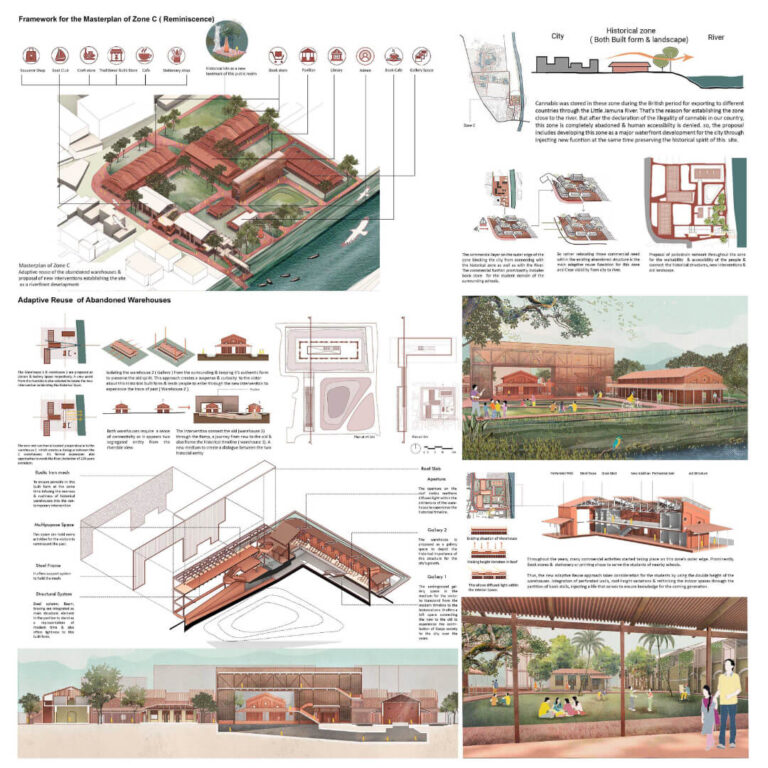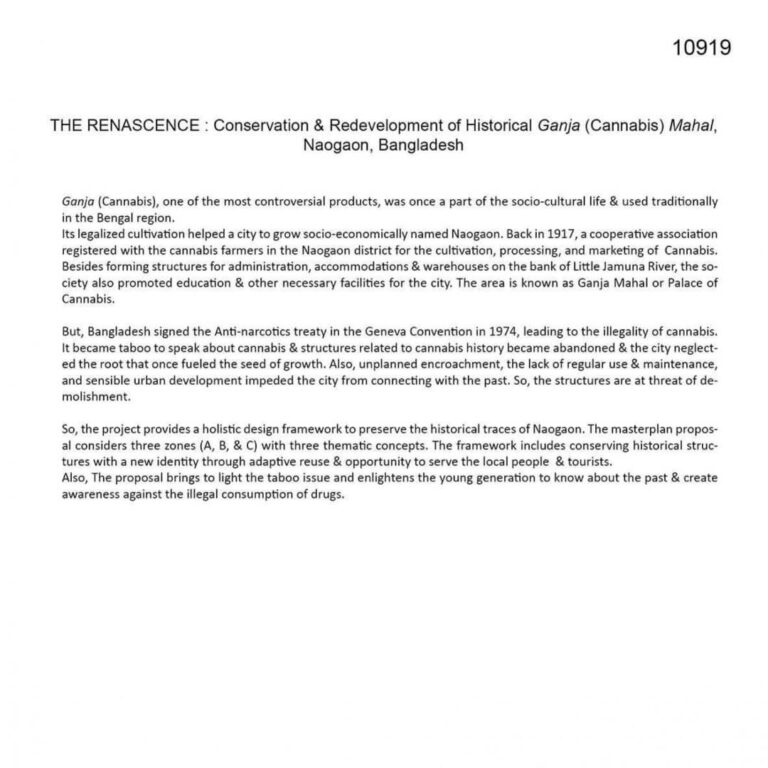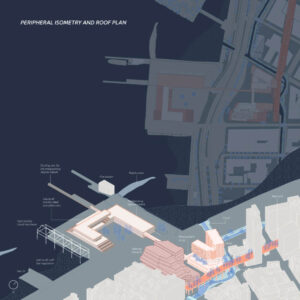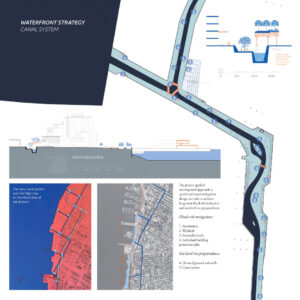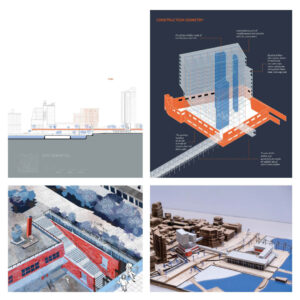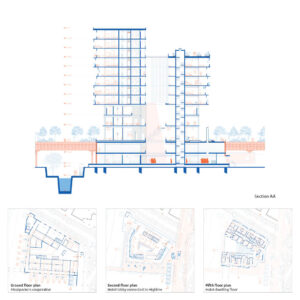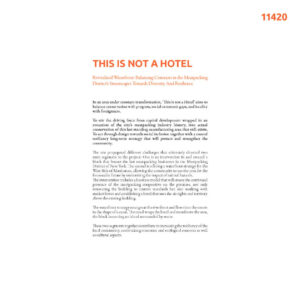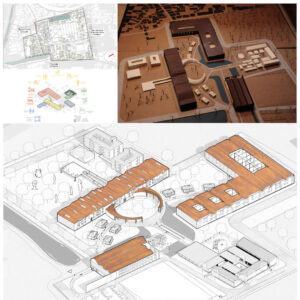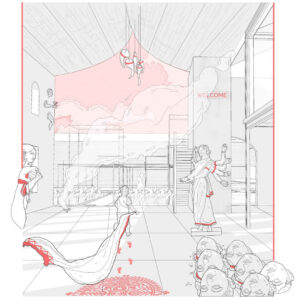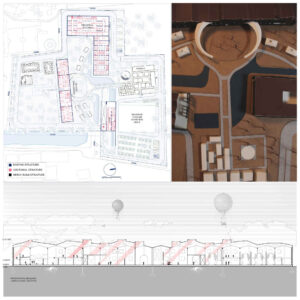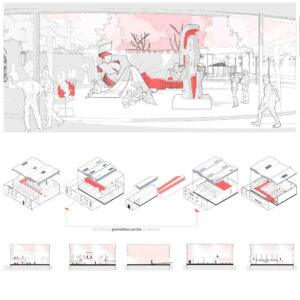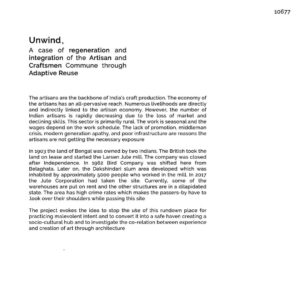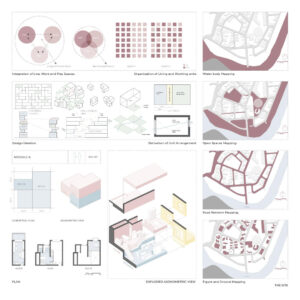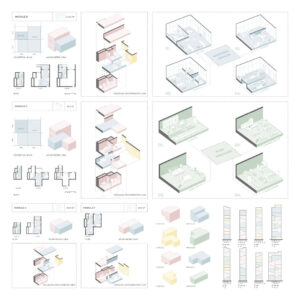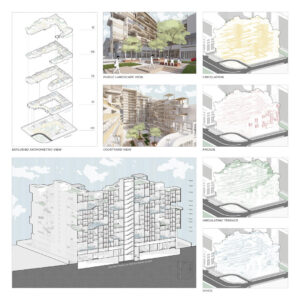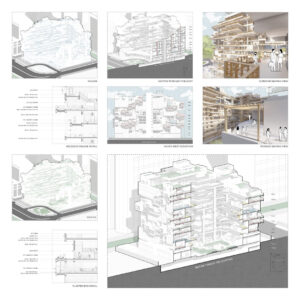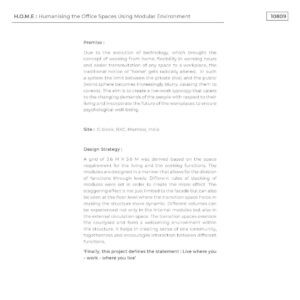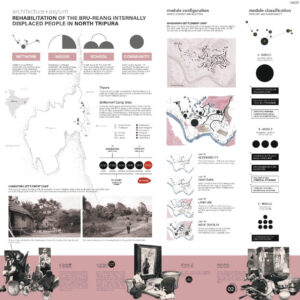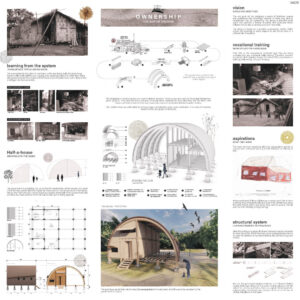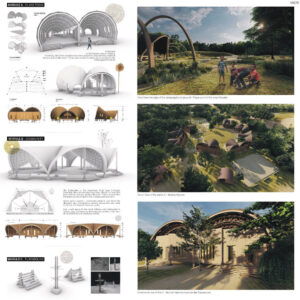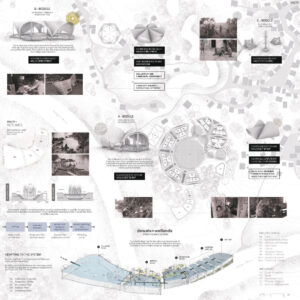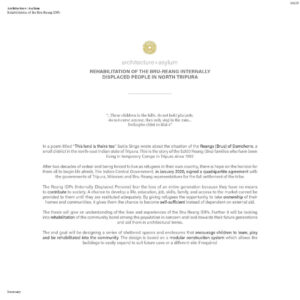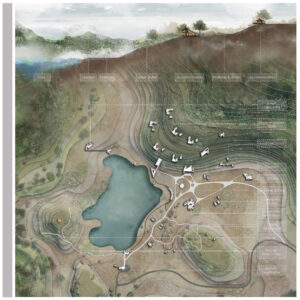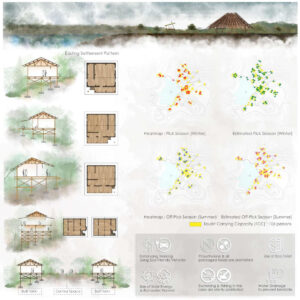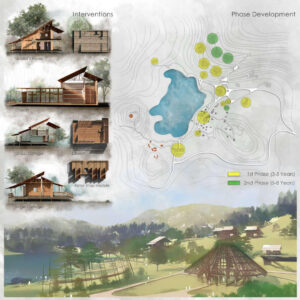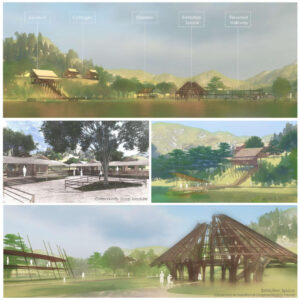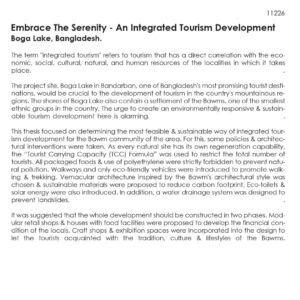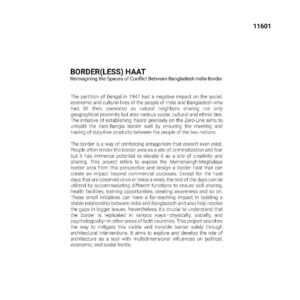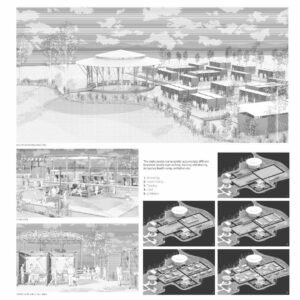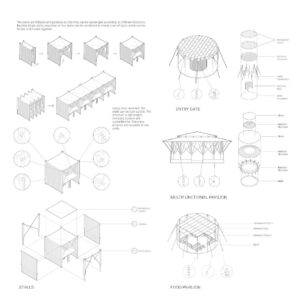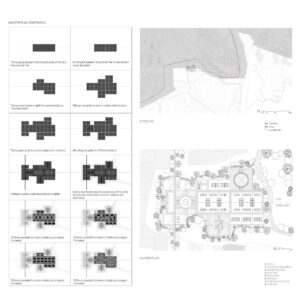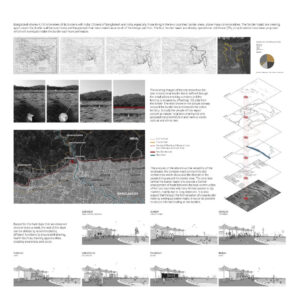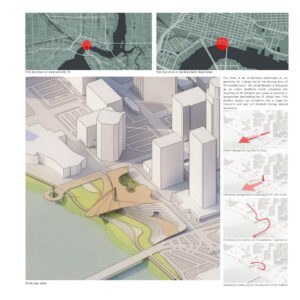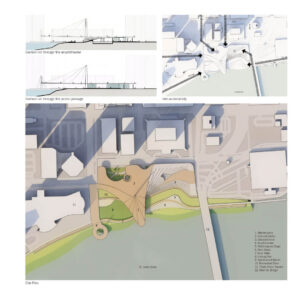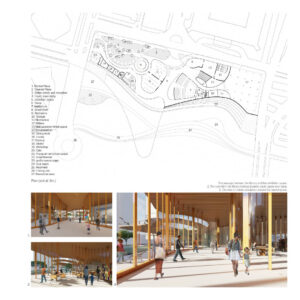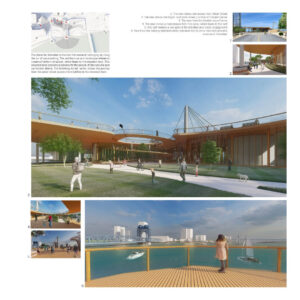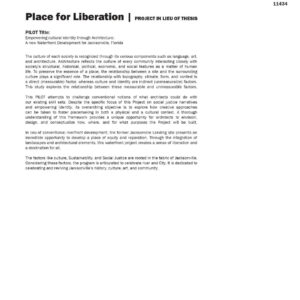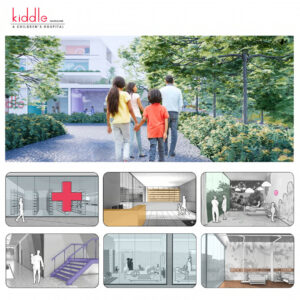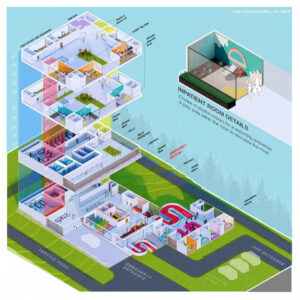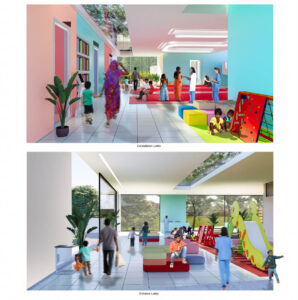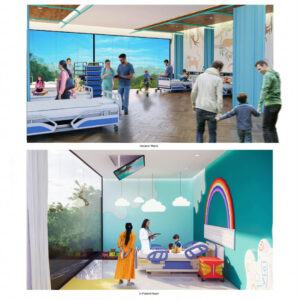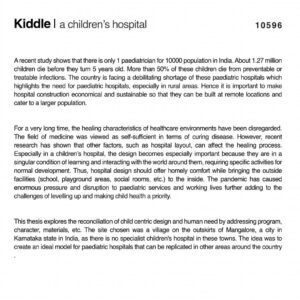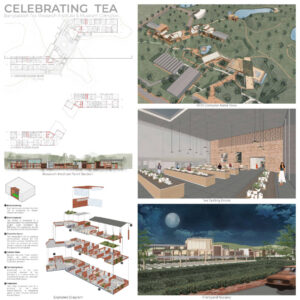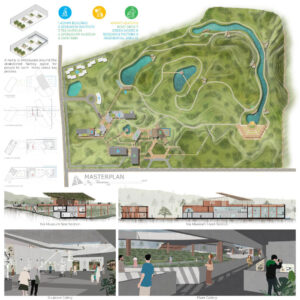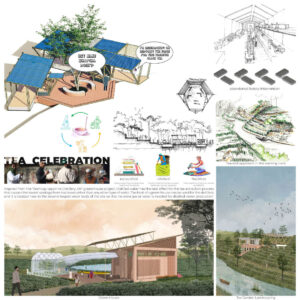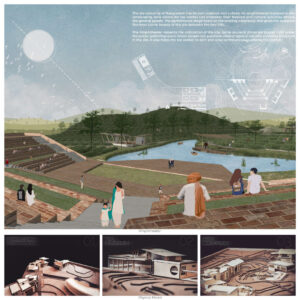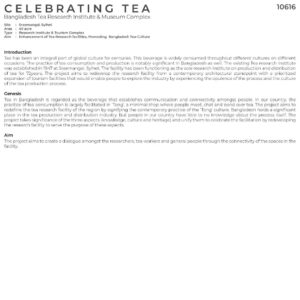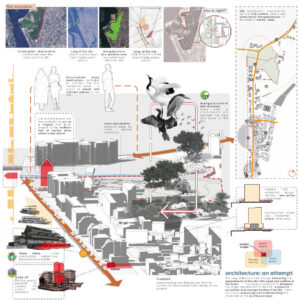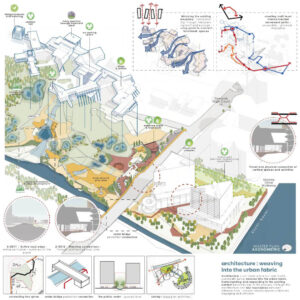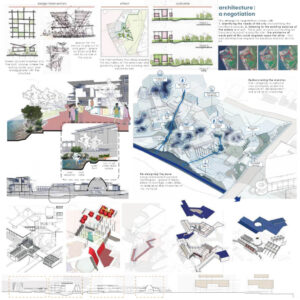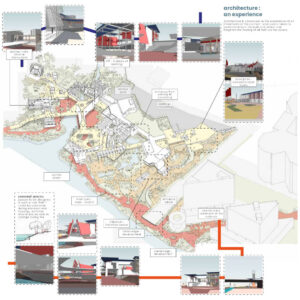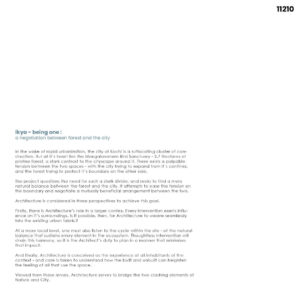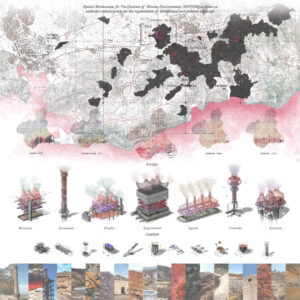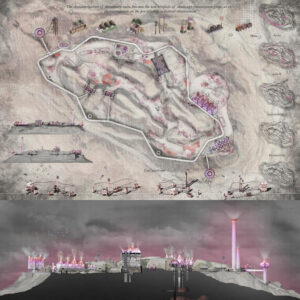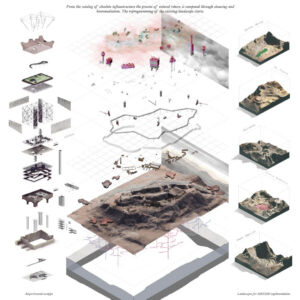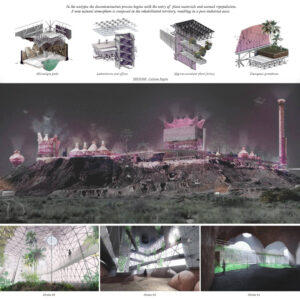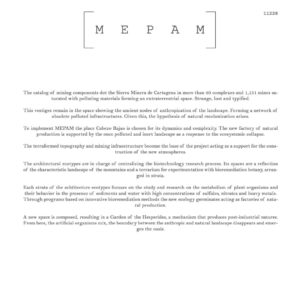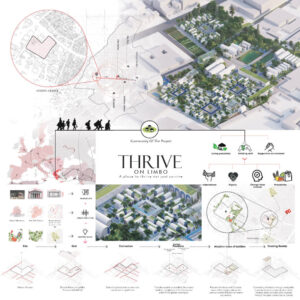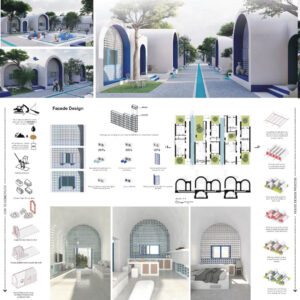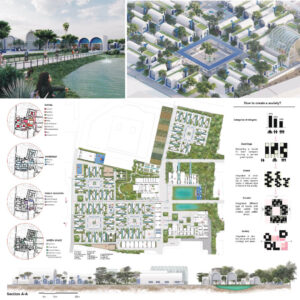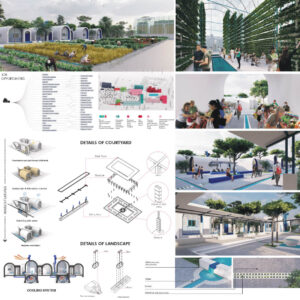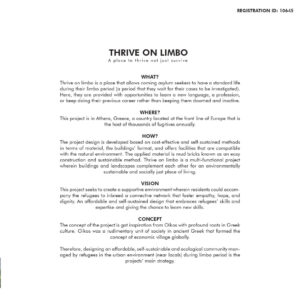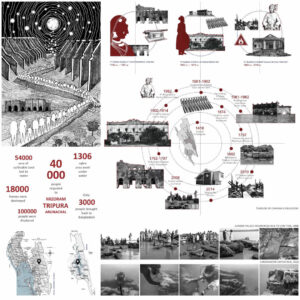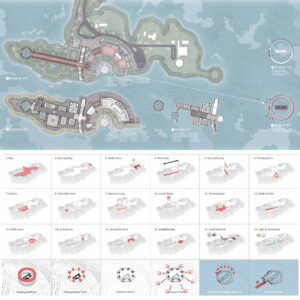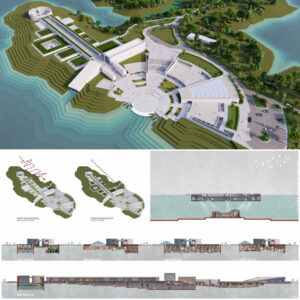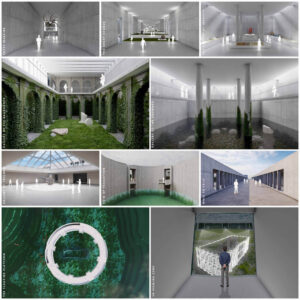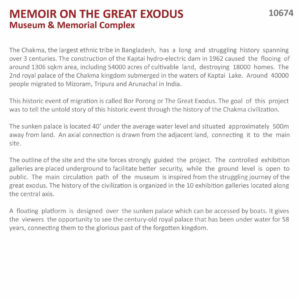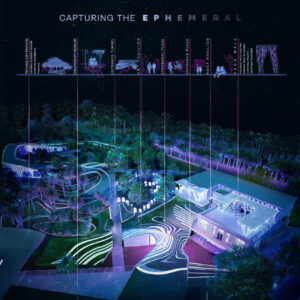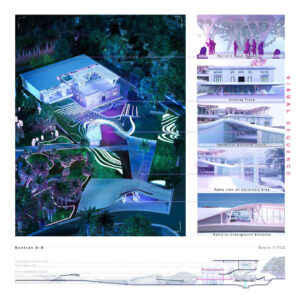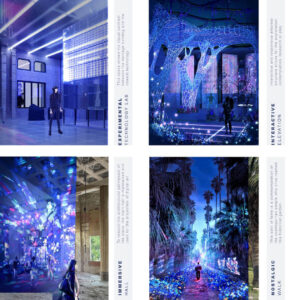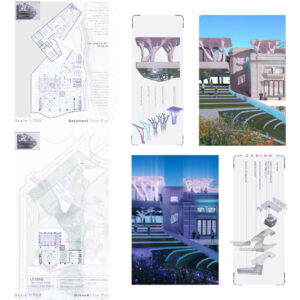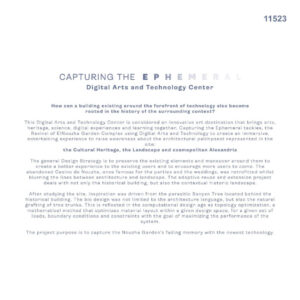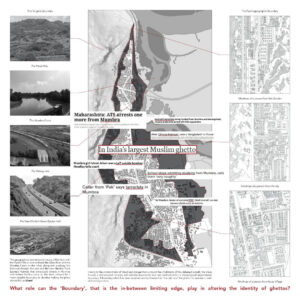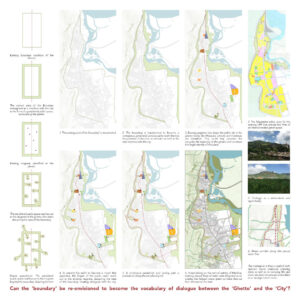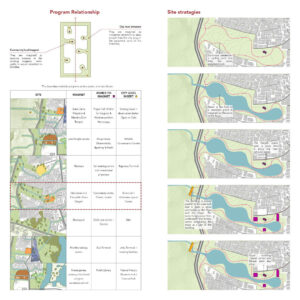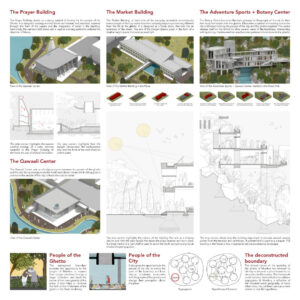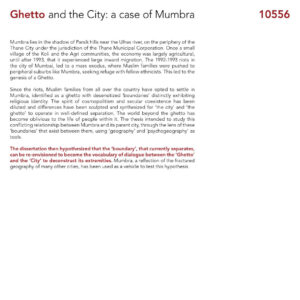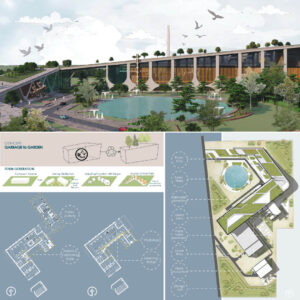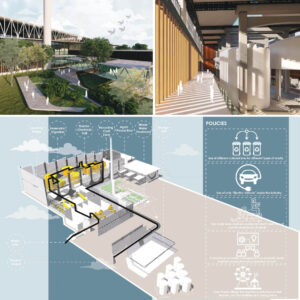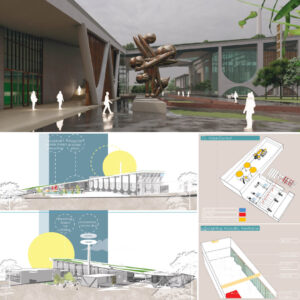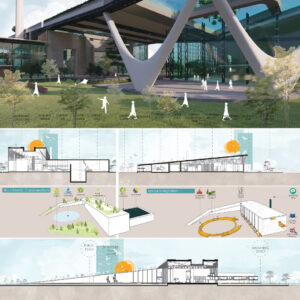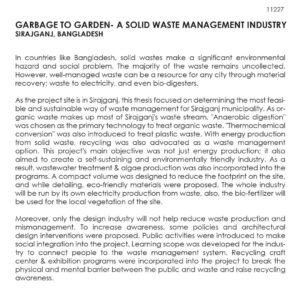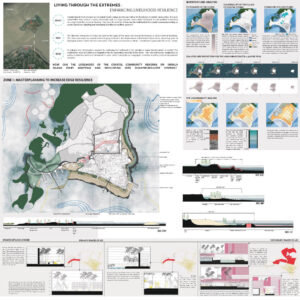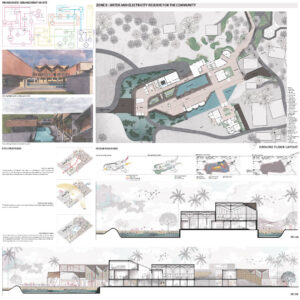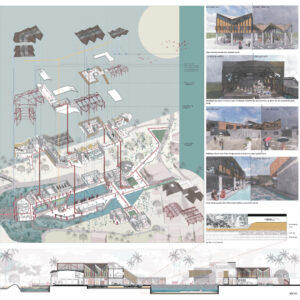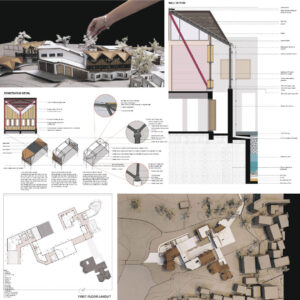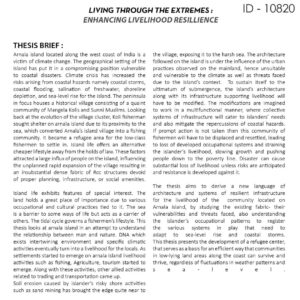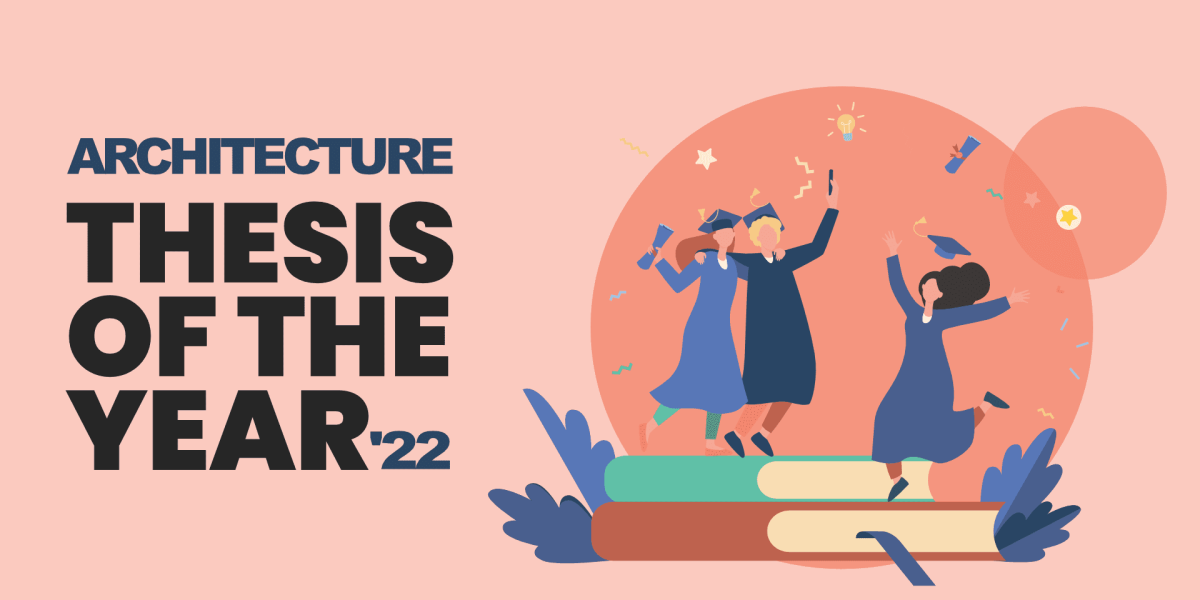
Architecture Thesis of the Year
Results - ATY 2022
Foreword
The most amazing Architecture Thesis of 2022!

Academic Design endeavours allow the free flow of unfettered ideas – experimental, bold, promising, and unconventional. An intensive architectural discourse and a collaborative design process are essential to developing ingenious solutions to complex problems of the future.
An Architecture Thesis is considered the avant-garde – pushing the boundaries of what is accepted as the norm in the architectural realm. It is the outcome of months of painstaking research and an excruciating design process yet it hardly gets any recognition beyond the design studio. It is imperative to share such revolutionary ideas with the entire fraternity to open up new possibilities for dialogue.
‘Architecture Thesis of the Year 2022’ is an international architecture thesis competition that aims to extend appreciation to the tireless effort and exceptional creativity of student thesis in the field of Architecture. We seek to encourage young talent in bringing their path-breaking ideas to the forefront on a global scale.
Jury
First Prize Winner
Bushra Ateyyeh
Jordan
ATY22-10649
Ecotone - Urban Farm
Humans have been acting as a planetary force disturbing the ecosystems, which resulted in a remarkable increase in the number of occurrences of pandemics and epidemics in the last decades, with the latest being COVID-19.
In addition to the direct impact of the virus on people’s health, COVID-19-induced lockdowns have led to severe and widespread increases in global food insecurity, affecting vulnerable households in almost every country. This issue particularly revealed a need for an urban food production system which is the core motivation for this project.
Ecotone is a prototype for food production in urban areas, which enables the development of a local, sustainable, and resilient food system that integrates the latest technologies to make urban farming a more productive and engaging process.
The design process was based on the exploration of the relationship between human and non-human entities from a post-humanistic perspective, which does not completely exclude the Anthropocene, but rather surpasses it. It entails a critique of human exceptionalism and human as a universal measure of all things. The posthuman subject is not limited to biology, it also assumes technology into its totality in an equal manner reconsidering the role of machines from “perfect slaves” to “mechanical partners”.
Ecotone also aims to redevelop and revive the brownfields of Amman to create breathing spaces within the existing fabric of the city by reusing food waste as compost for soil, which is a form of recycling and a natural way of returning needed nutrients to the soil.
Jury Comments
“Good presentation. Strong idea to create an urban farmscape. Mixing strong built form with temporary booths is good.”
– Virginia Cartwright
Second Prize Winner
Jackson Feinknopf
United States of America
ATY22-11561
Germinating the Future of St. Louis
The research for this project was concerned with the growing disproportionate food insecurity seen predominantly in communities of North St. Louis. The project envisions how the site of a former Schnucks Supermarket located on the corner of 10th & Cass Avenue, in the food desert community of Columbus Square, could be revitalized to become a beacon for sustainable growth and strengthen the ritual of food. This would be achieved by transforming the 10.5-acre site into a sustainable horticulture center and contemporary public food market.
The conceptual framework I utilized in designing my project, and understanding growth was the process of germination. I conducted a series of studies focused on understanding the germination of roots and rhizomes in their ability to transform, embed and expand bringing new life. The project utilizes closed loop rainwater runoff collection systems for hydroponic growing and irrigation of the surrounding site. Operable greenhouse roofs allow for cross ventilation. Through programmatic elements of a demonstration kitchen, nutrition counselling offices, vendor spaces, and community farming, the project becomes more than a place to purchase food but an educational community resource. The project’s benefits extend beyond the site and connect to the nearby Patrick Henry Elementary School, St. Louis Public High School, and Senior Living at Cambridge Heights to become an intergenerational daily used staple. A built environment, which prioritizes healthy food alternatives and comprehensive food education in food desert communities, is one model for germinating the future of St. Louis.
Third Prize Winner
Niels Geerts
Netherlands
ATY22-11592
Healing House
“I wake up… and then what?”
Healing house was started by Benthe (name anonymized), a classmate who was diagnosed with a brain tumour. During her illness and rehabilitation process, she encountered the limitations of the current healthcare architecture. Therefore Benthe created a manifesto of healthcare, to improve healthcare buildings. Healing house is my reaction to the manifesto.
What if a patient designs the healthcare center?
During the process, interviews and workshops were held with Benthe’s relatives, healthcare providers, healthcare developers, scientists and others. It was striking that everyone wanted the same: everyone knows someone who has been in the hospital and wants to take care of them. There was a general call for the building to be very specific, but flexible at the same time. Every patient is unique and has their own needs.
The building has grown from the bed and spaces have been added step by step: the dwelling, communal rooms, a public ground floor, a health clinic, the garden and city spa and the facades. Where the current building turns away from its surroundings, Healing house blends into its surroundings (kintsugi).
Can architecture influence healthcare?
Due to the privatization of healthcare, many healthcare buildings have been designed as efficient machines, where the insurer determines the quality of vulnerable life. In Healing house this is radically reversed: here the resident, their relatives and therefore the quality of
life (and death) are key on all scale levels. Healing house is designed through the eyes of the resident from an I-perspective, not as an architect.
Shortlisted - Top 30
Out of all the path-breaking works received for ‘ATY 2022’, only the choicest 30 could make it to the final round of evaluation. Scroll down to explore the other shortlisted Top 30 designs!
